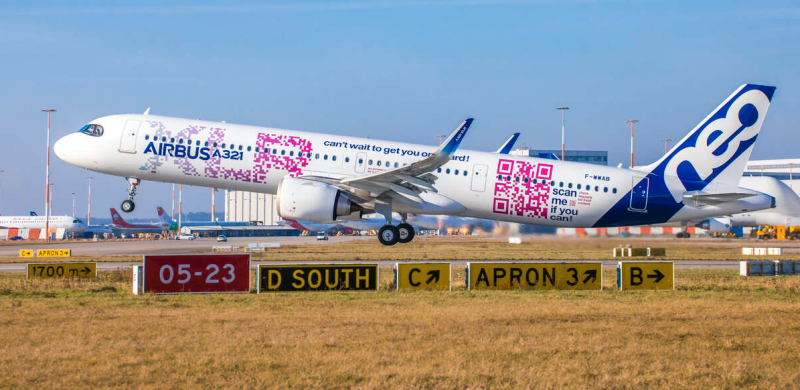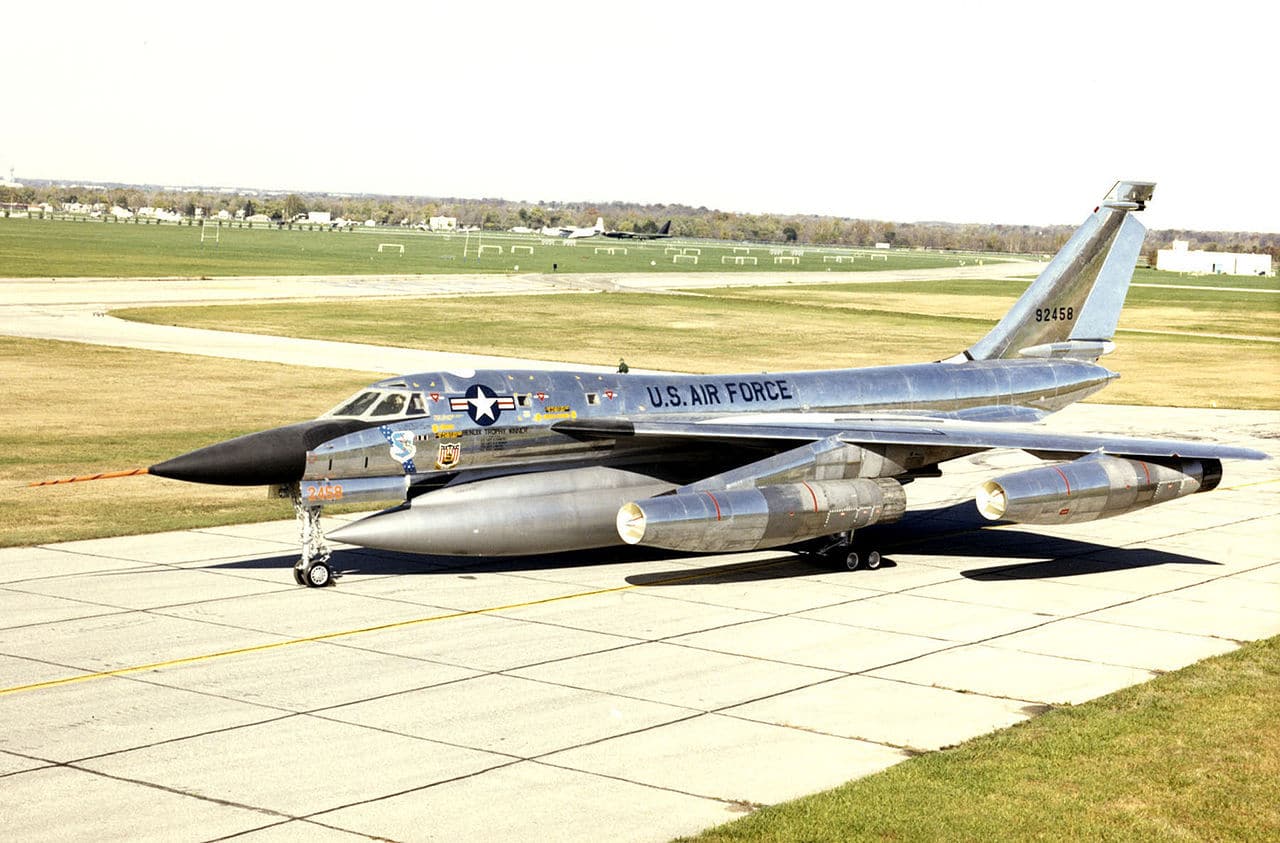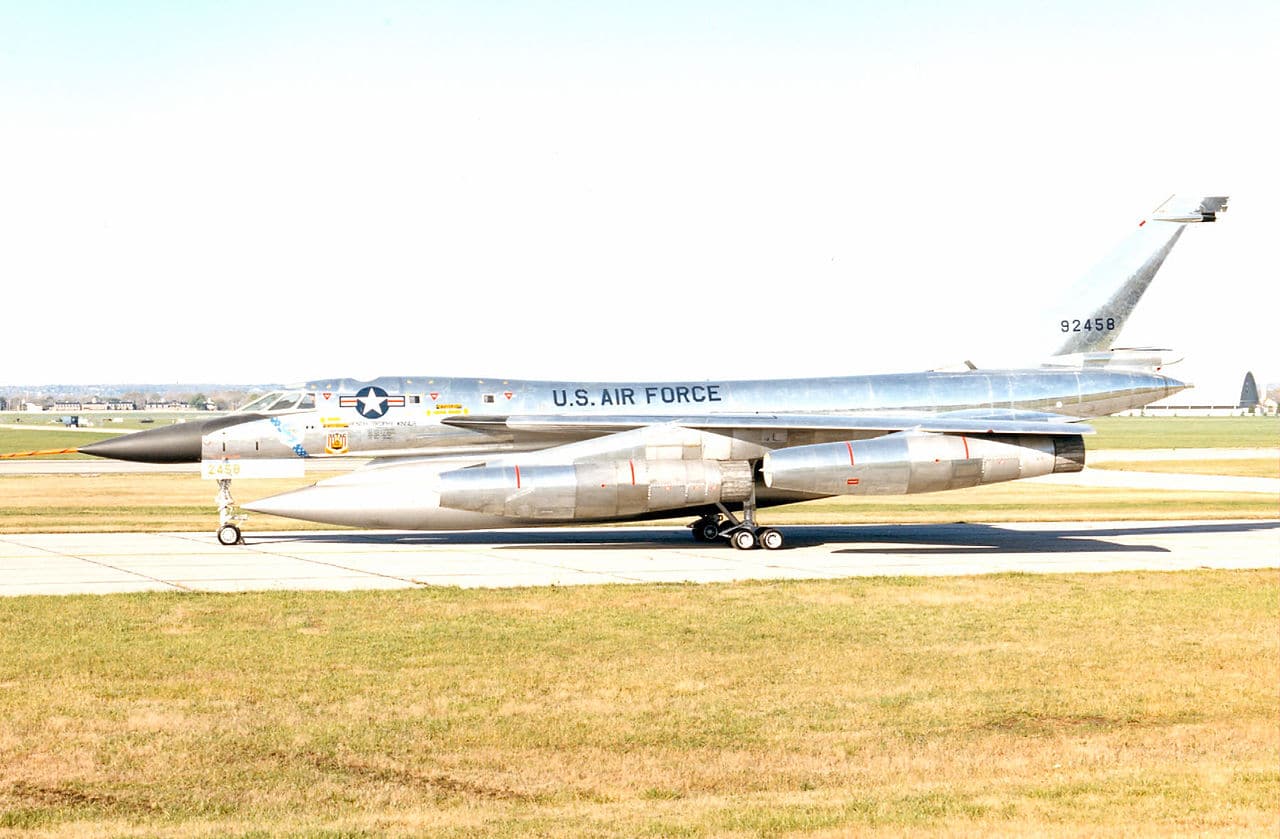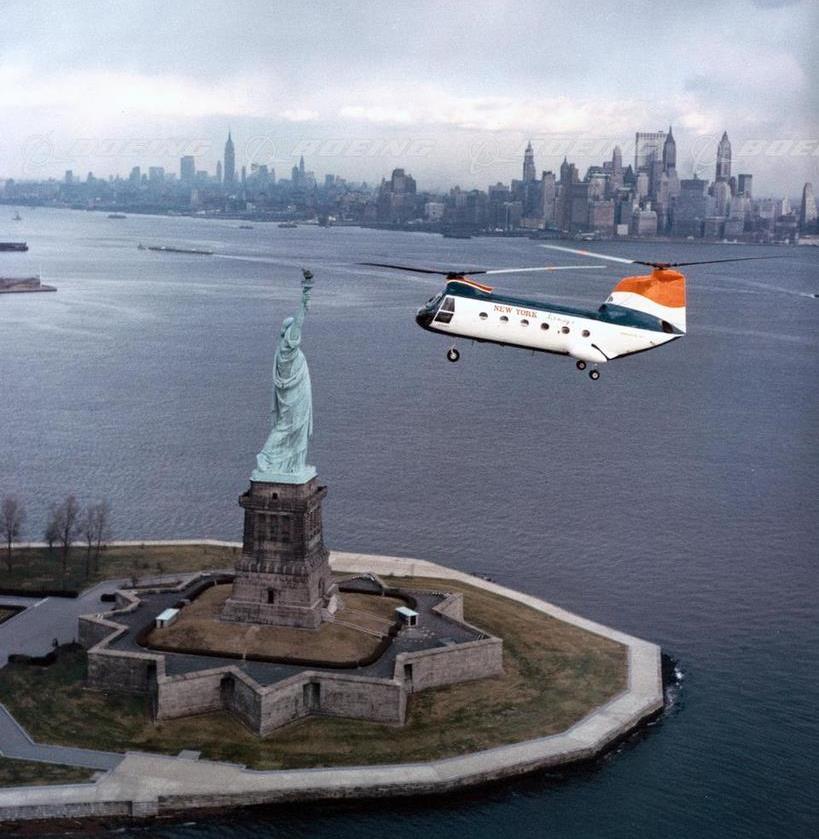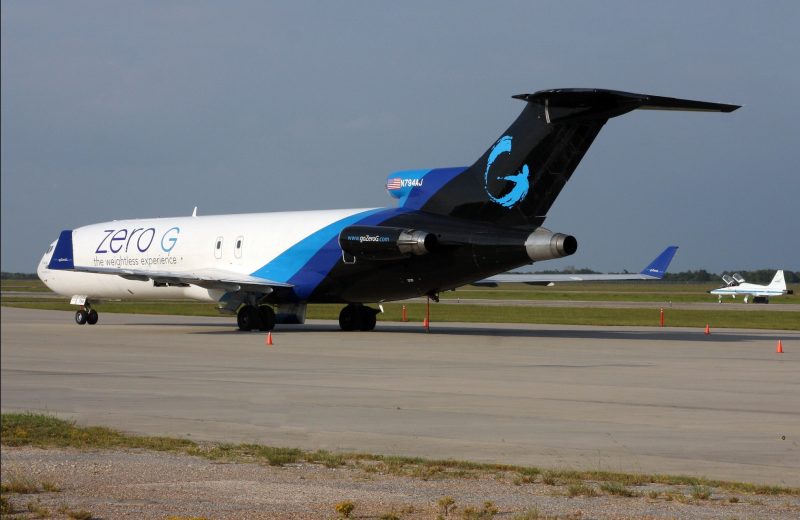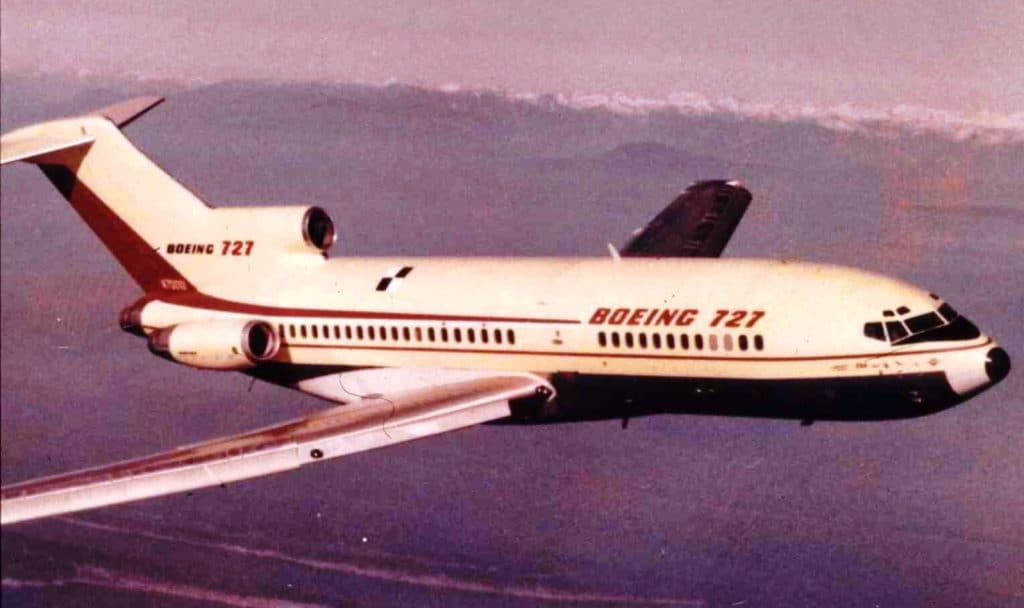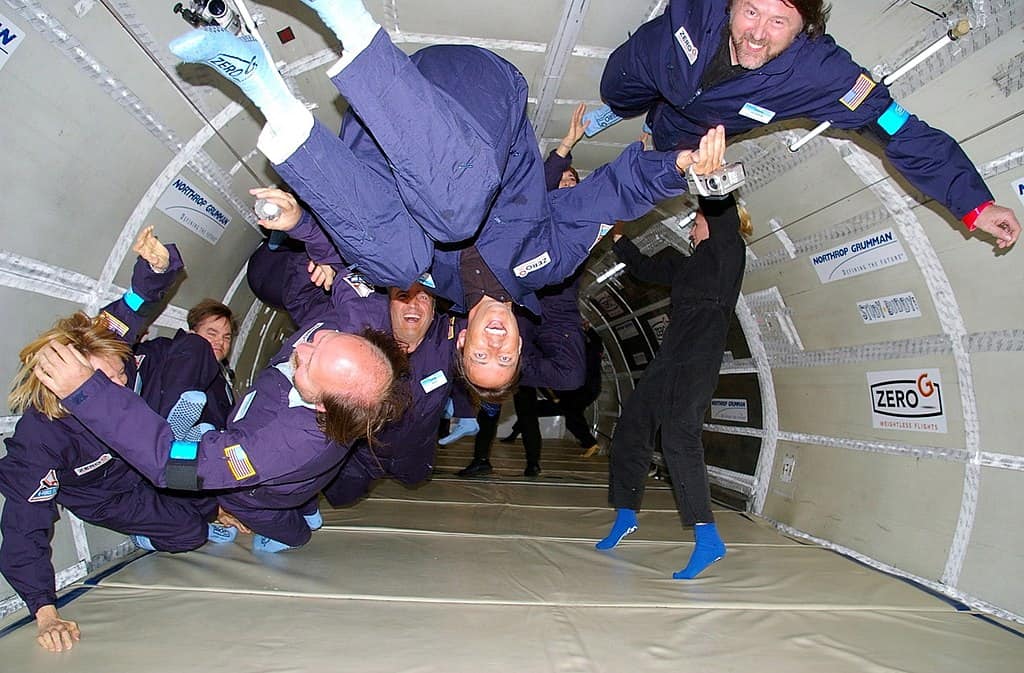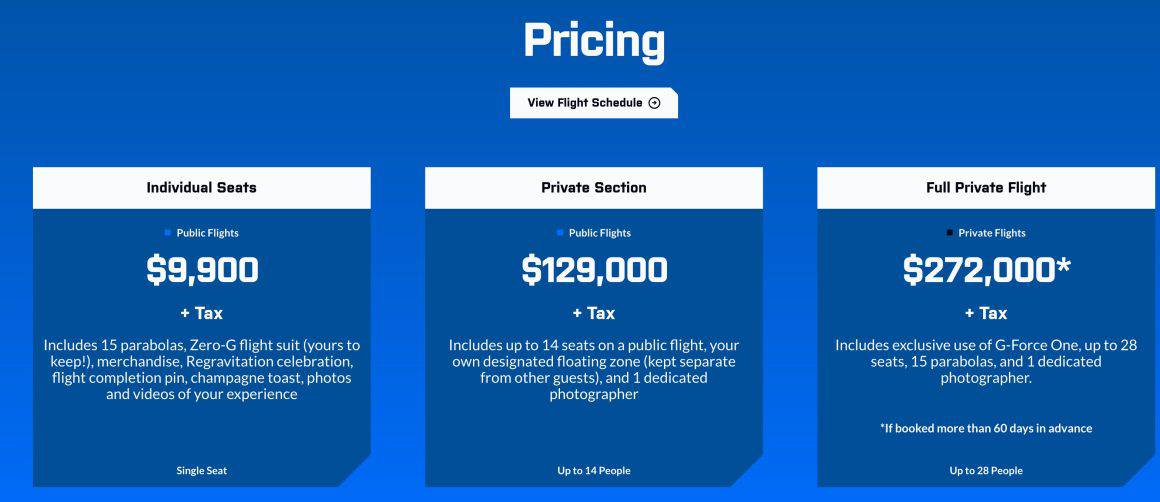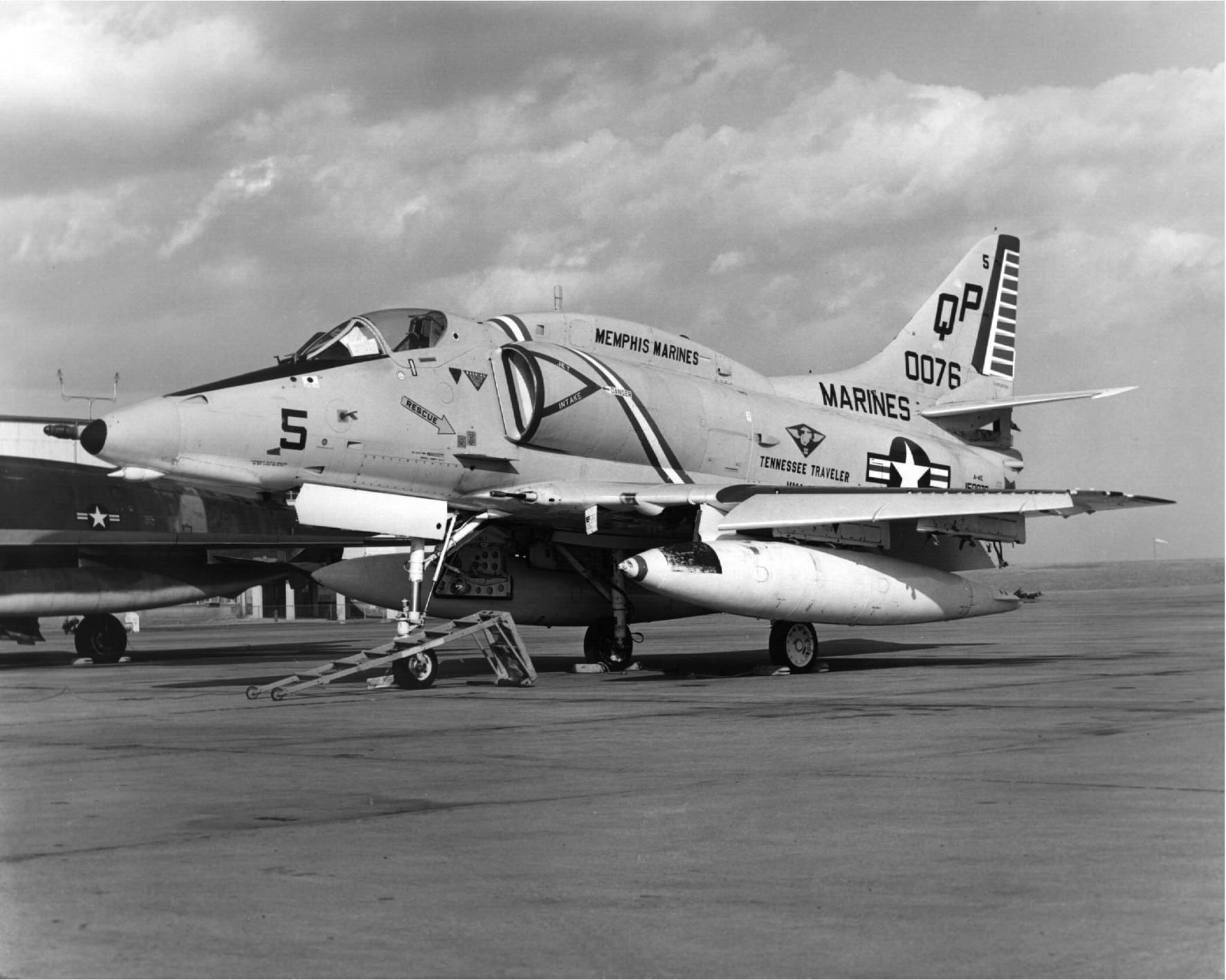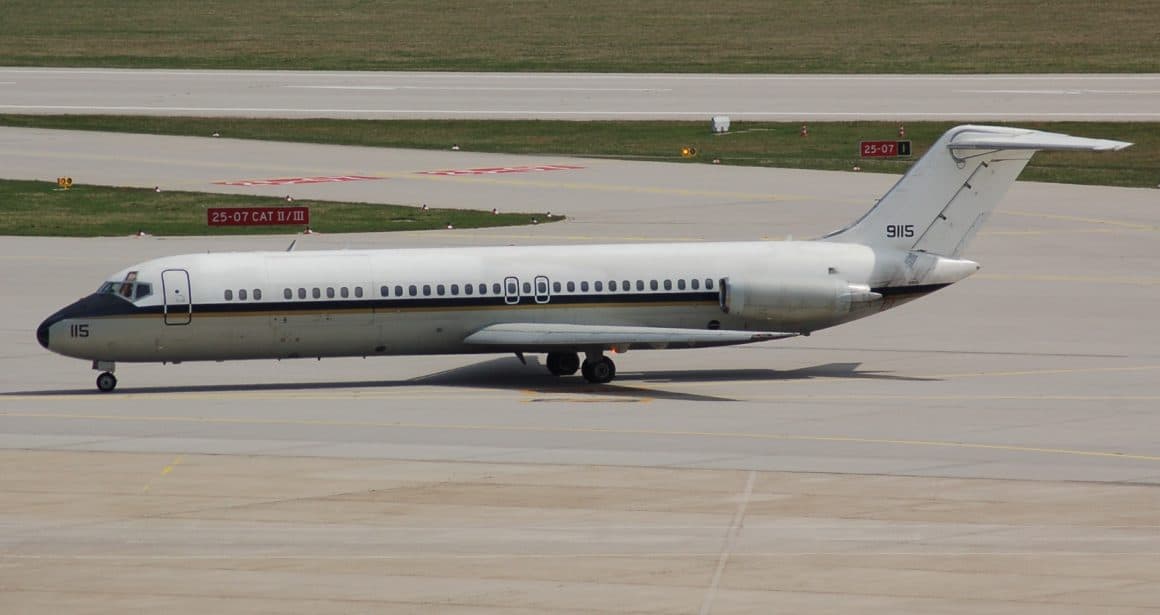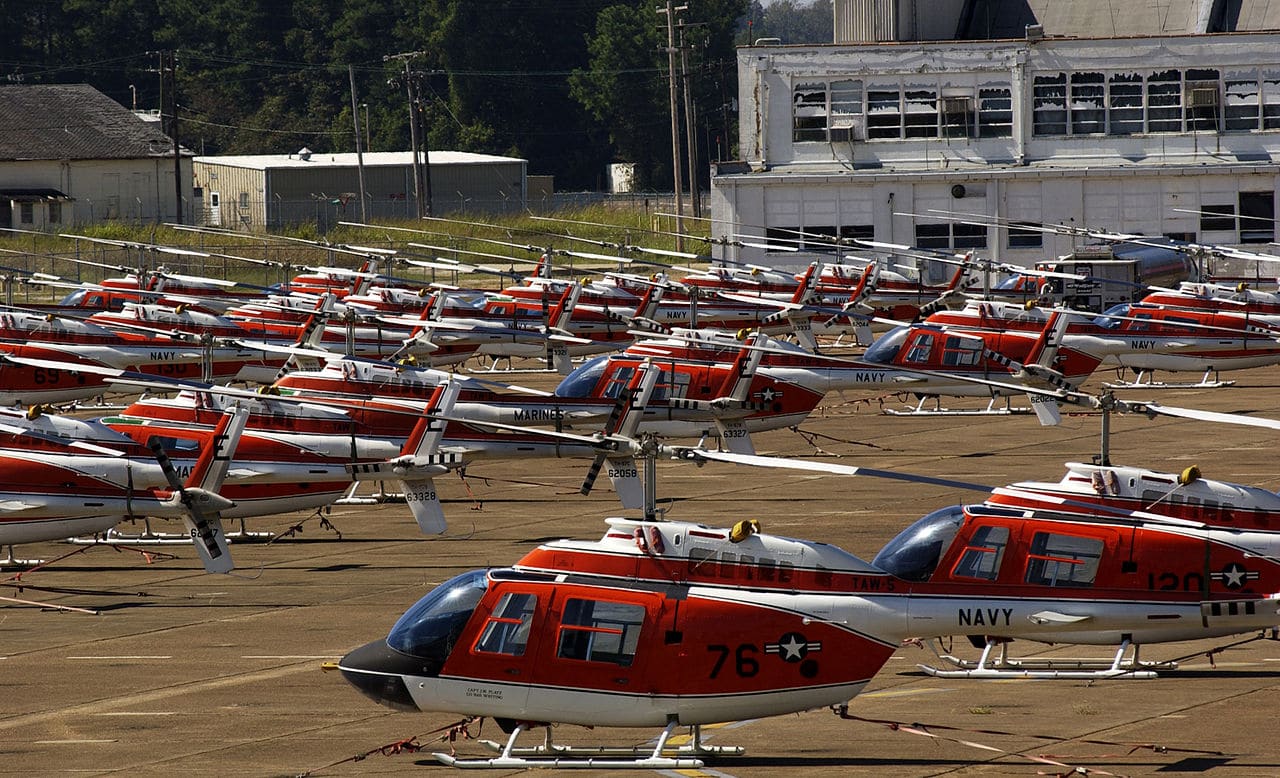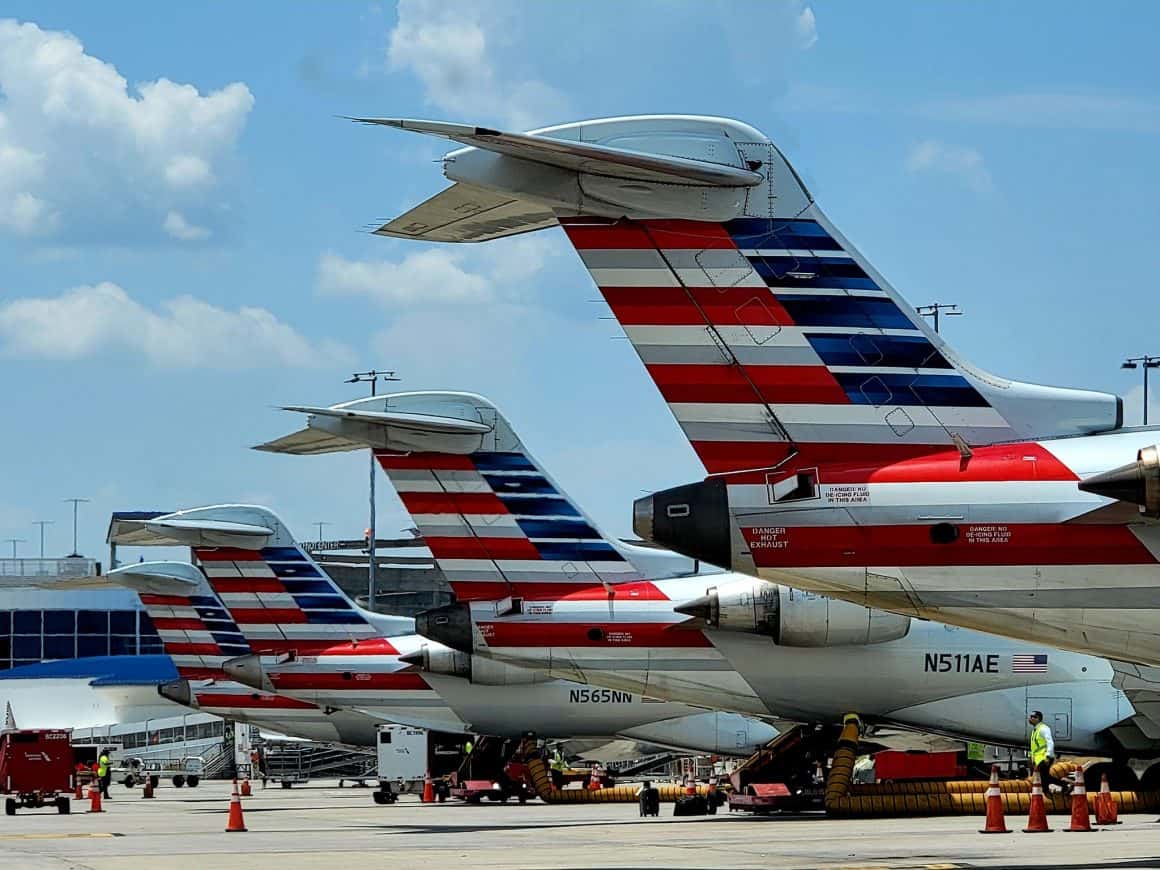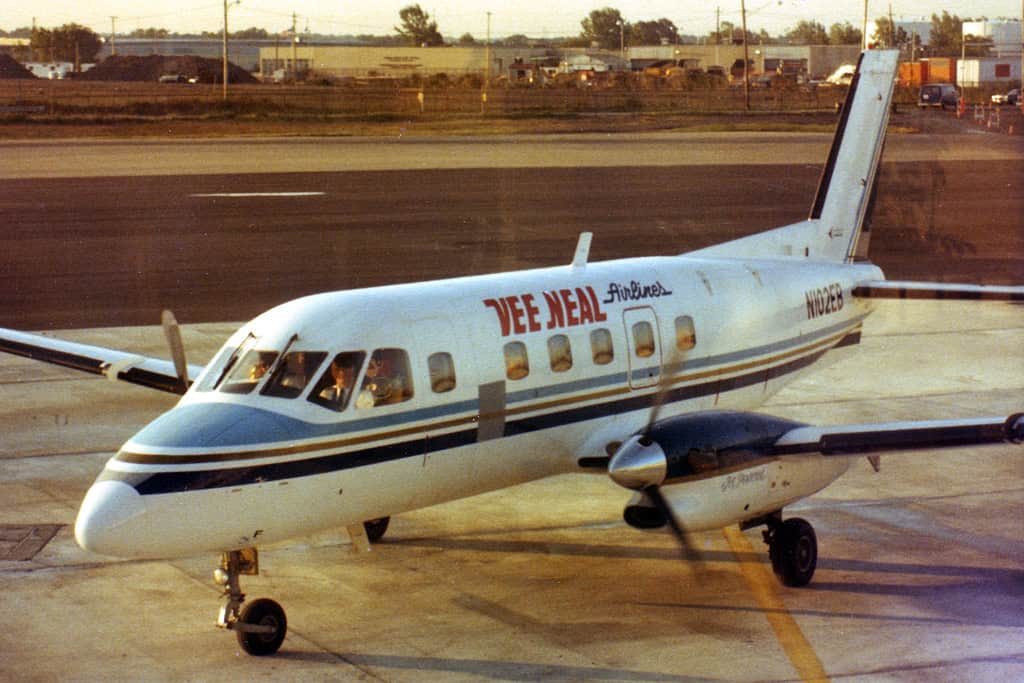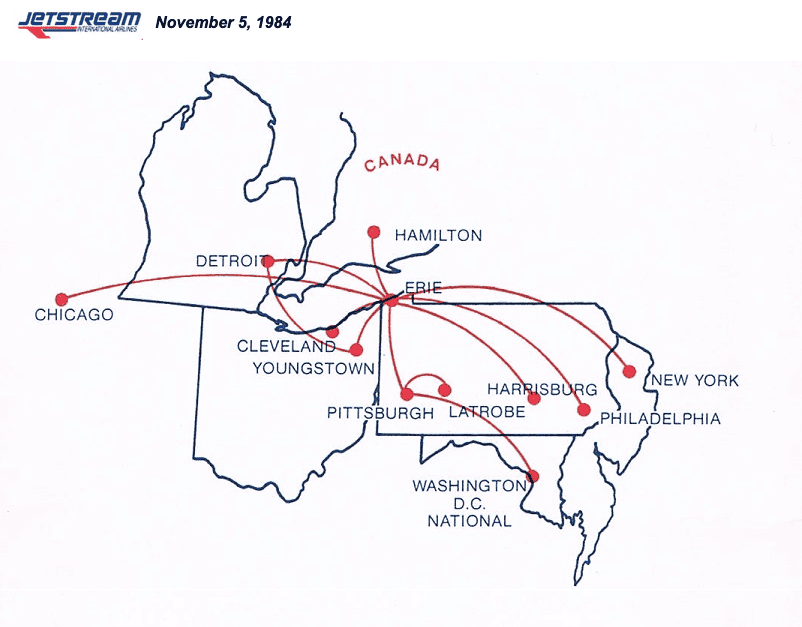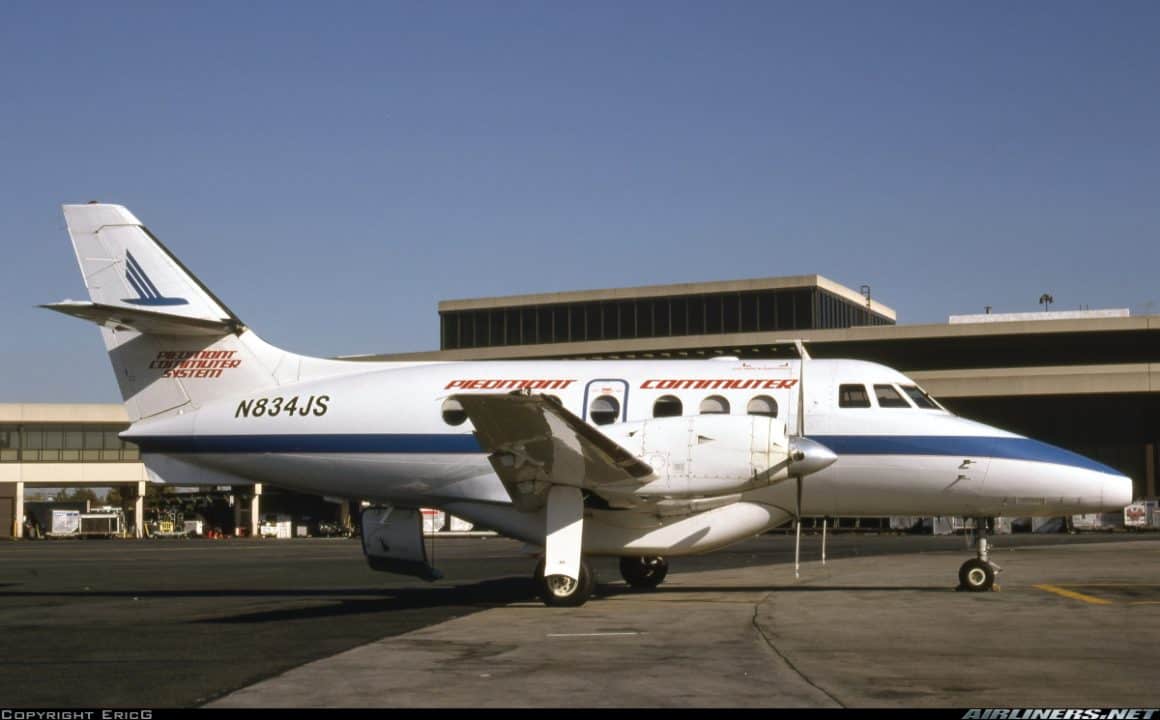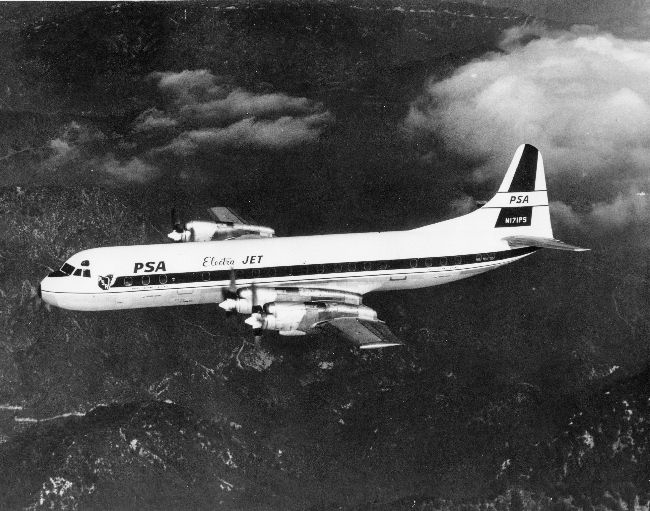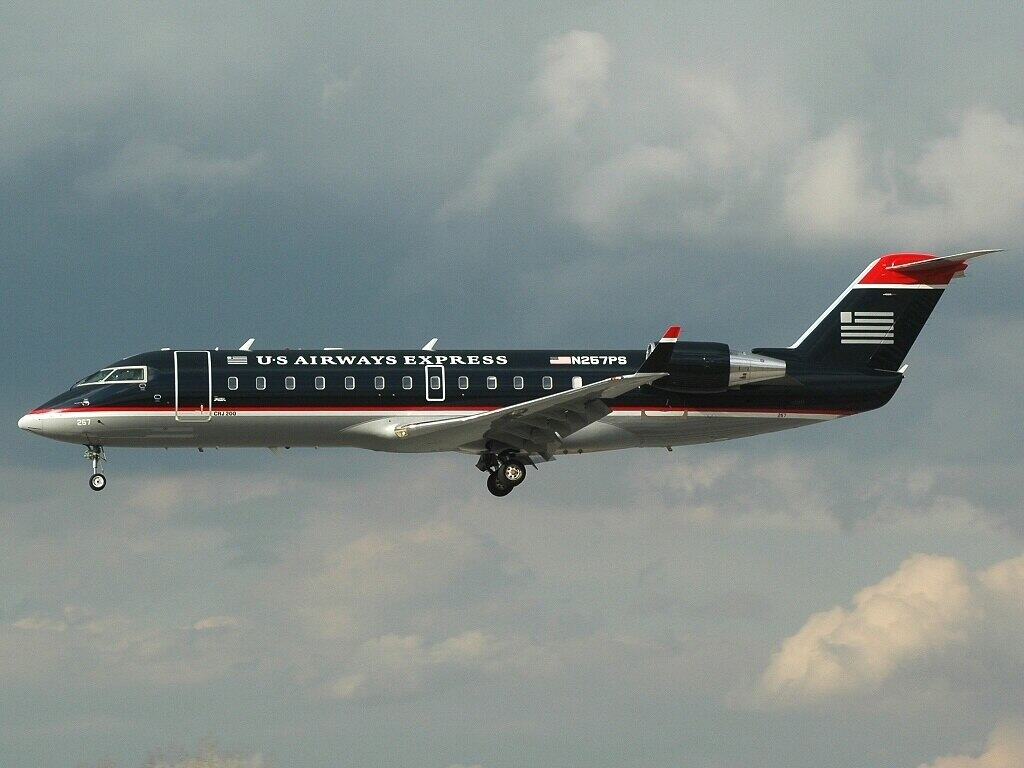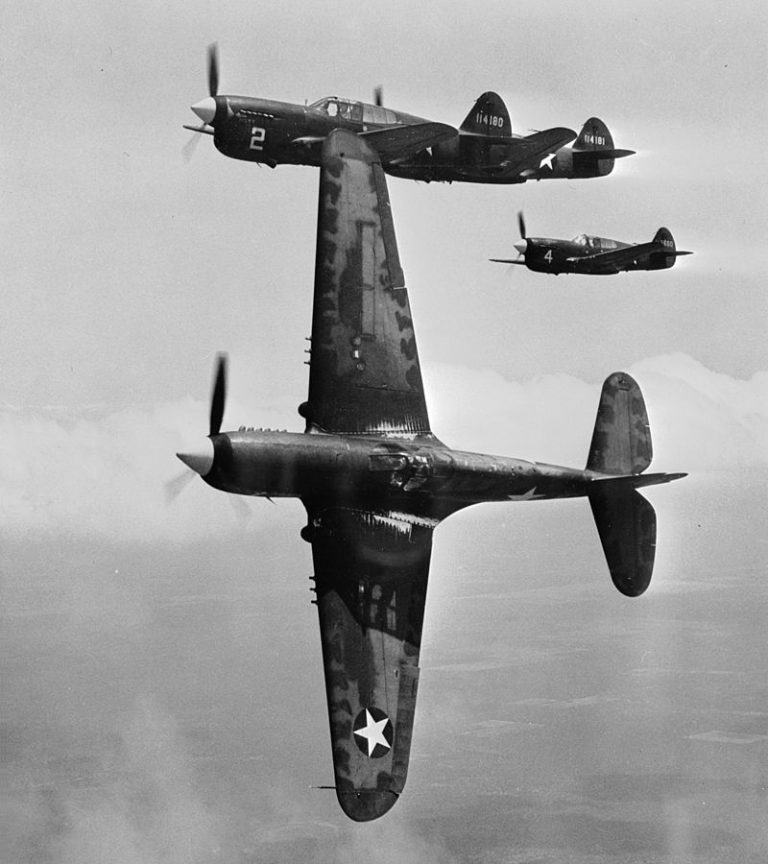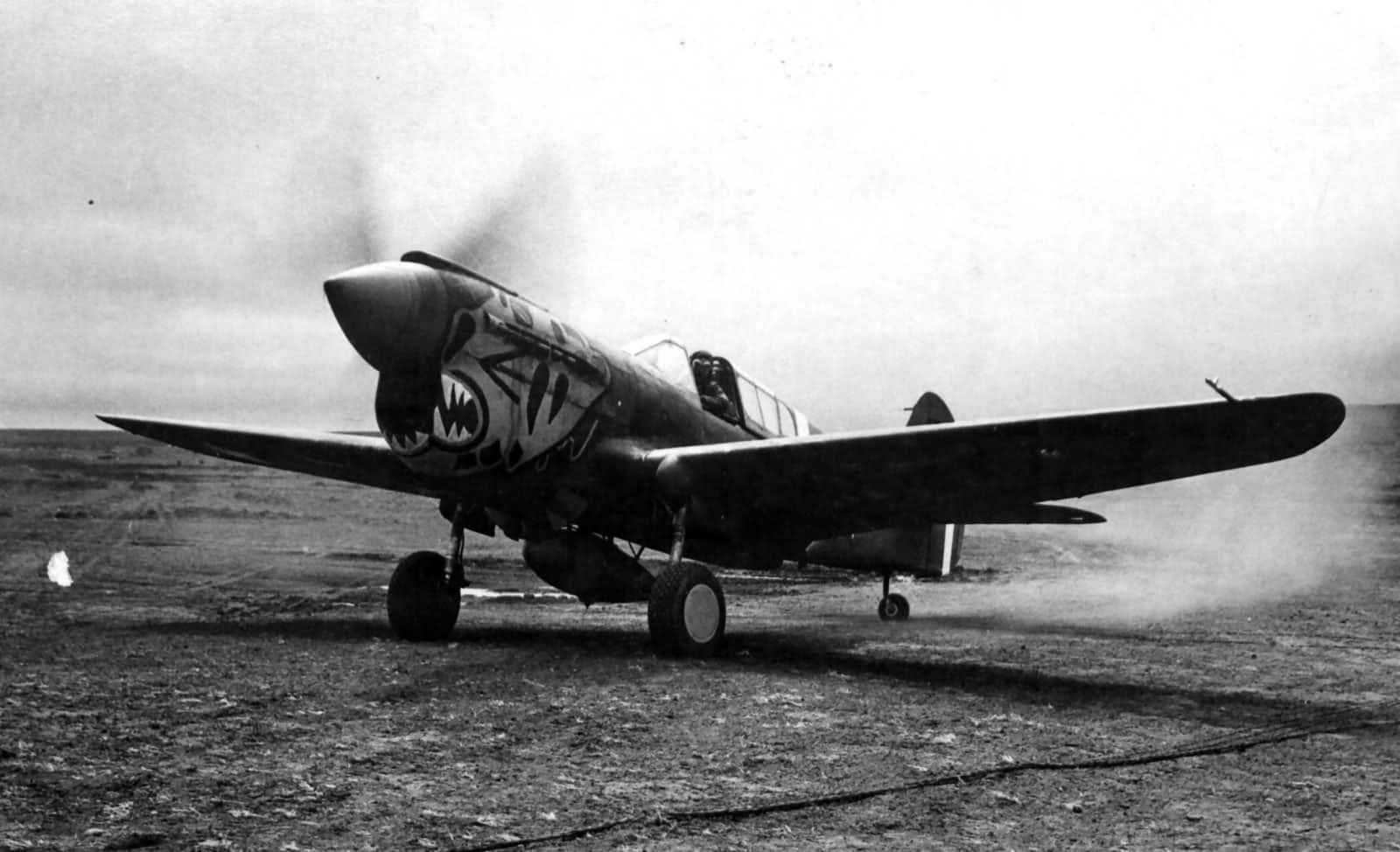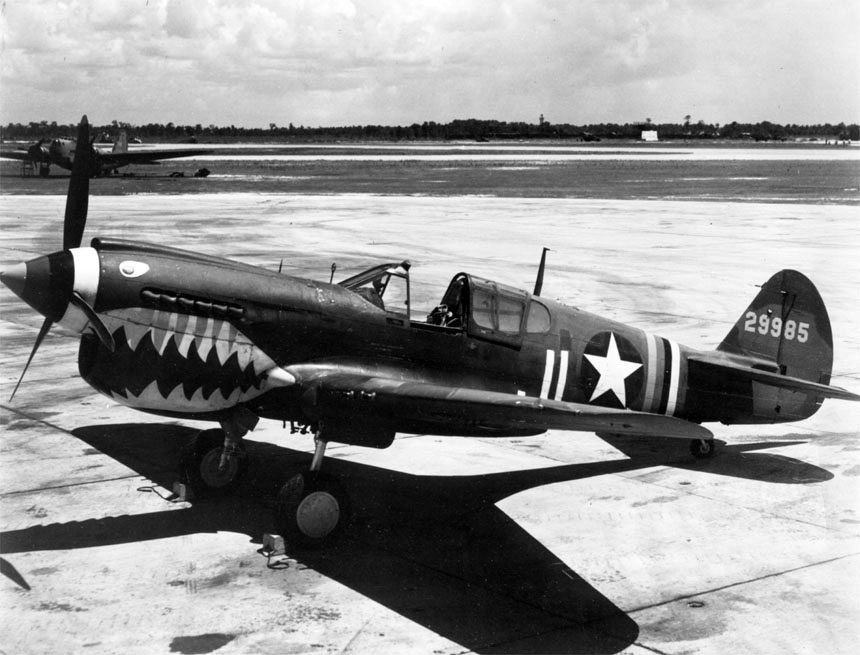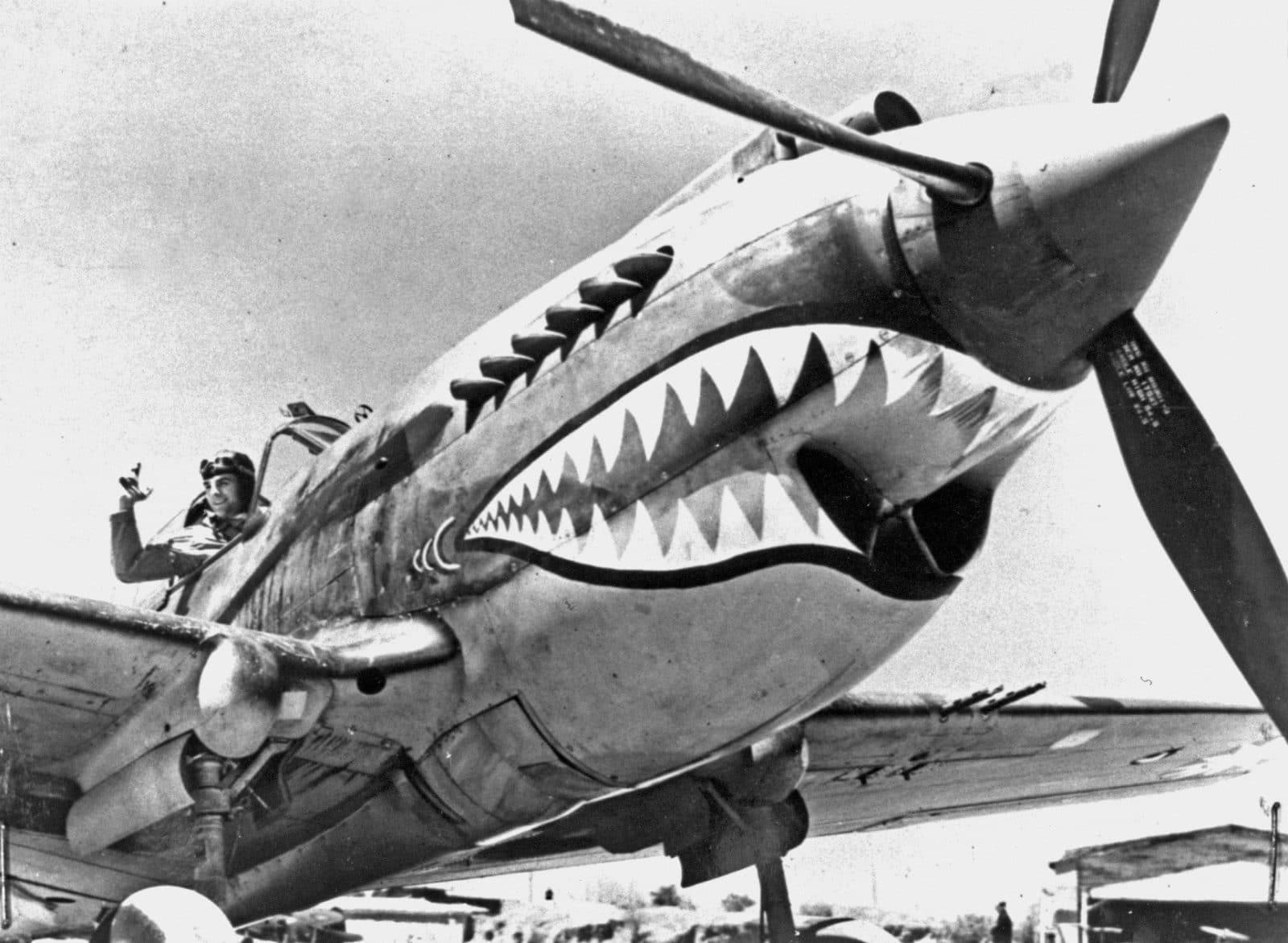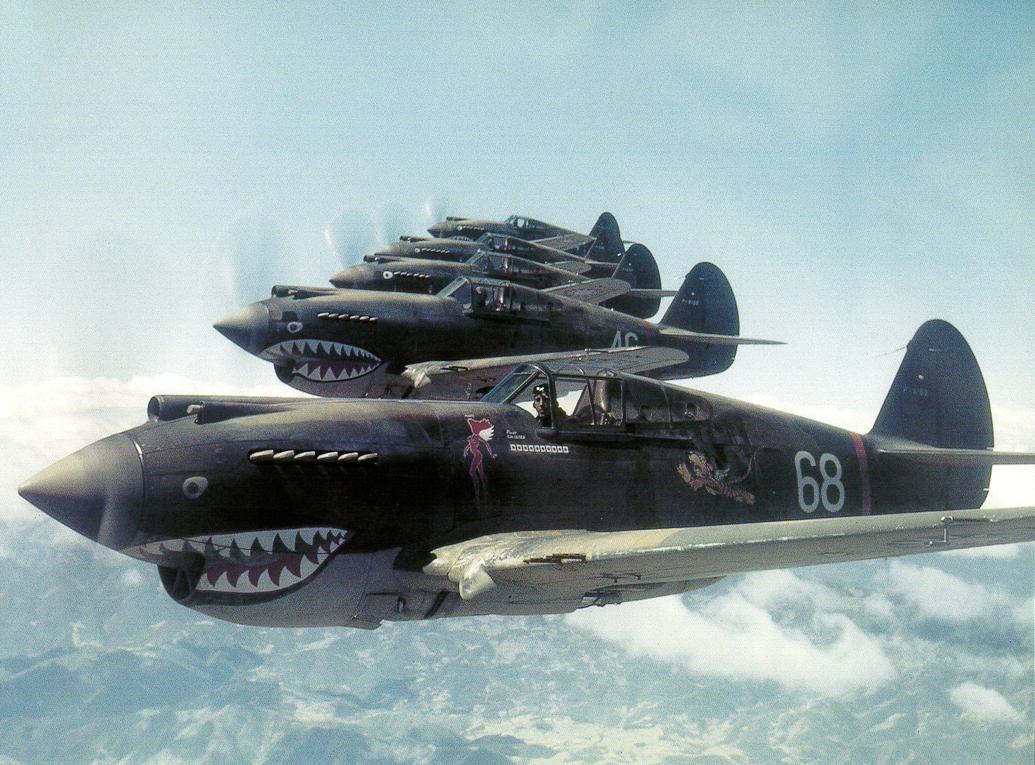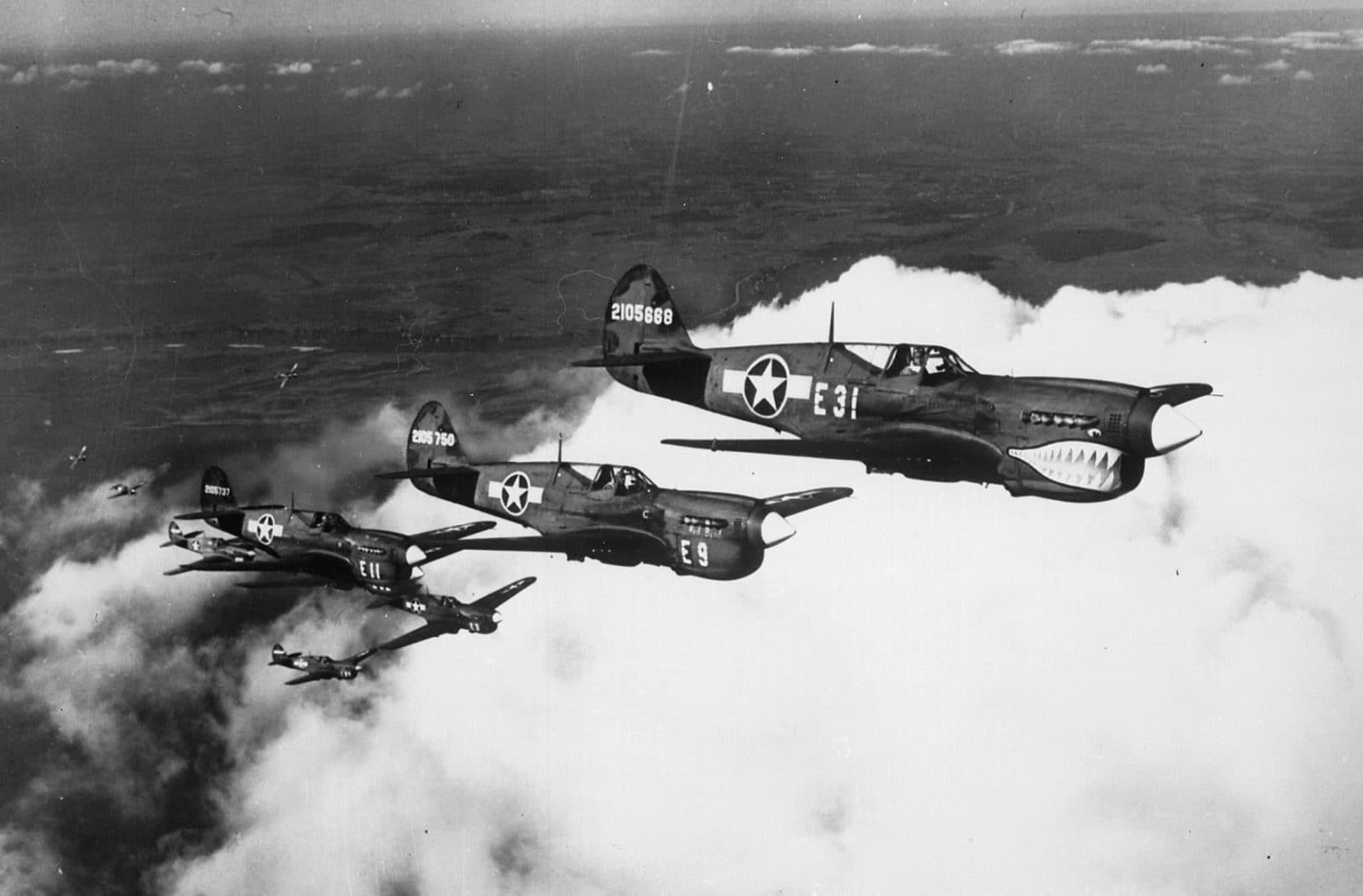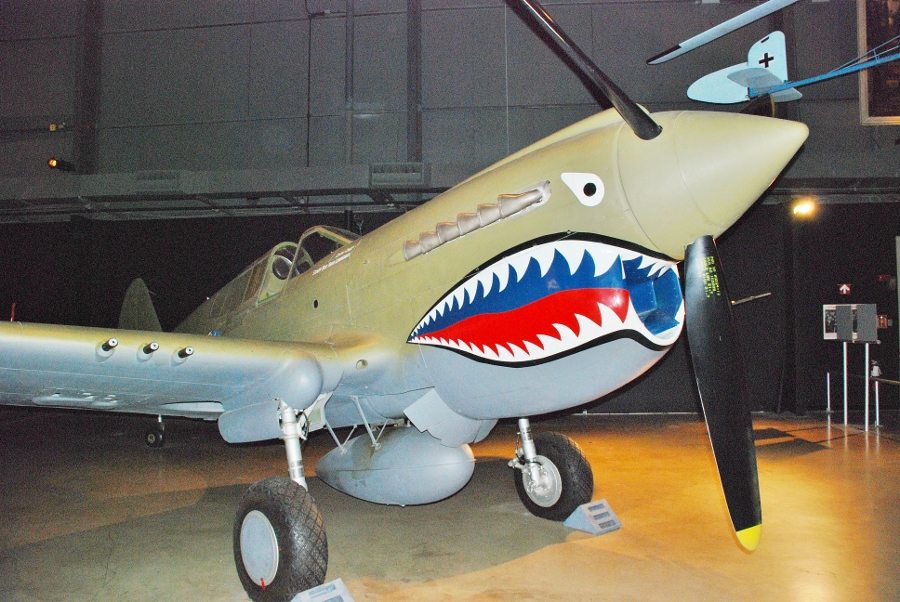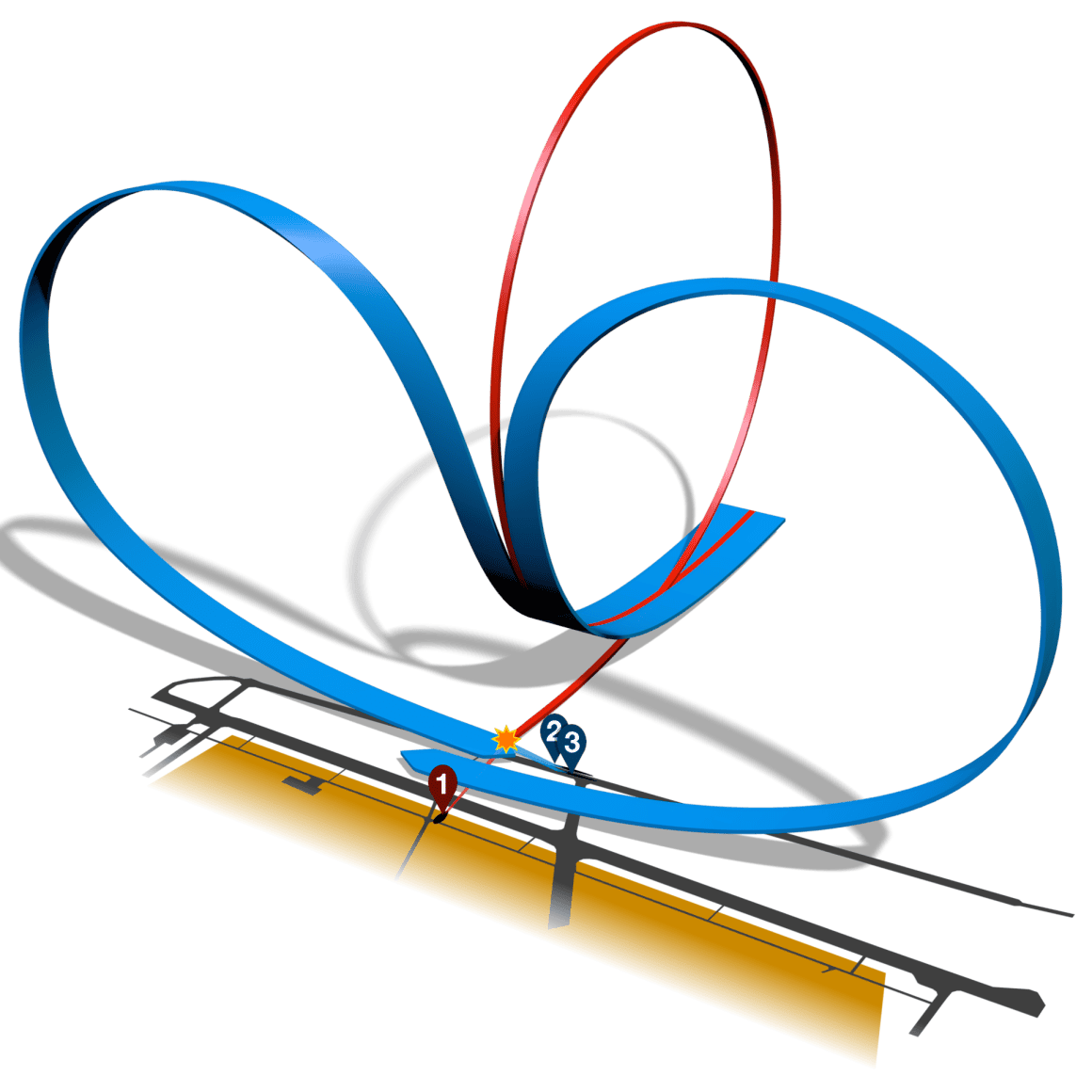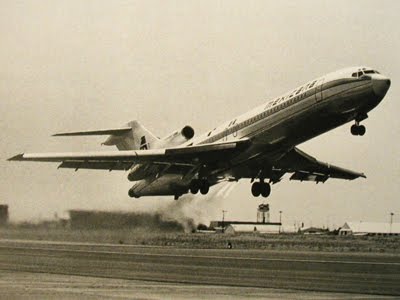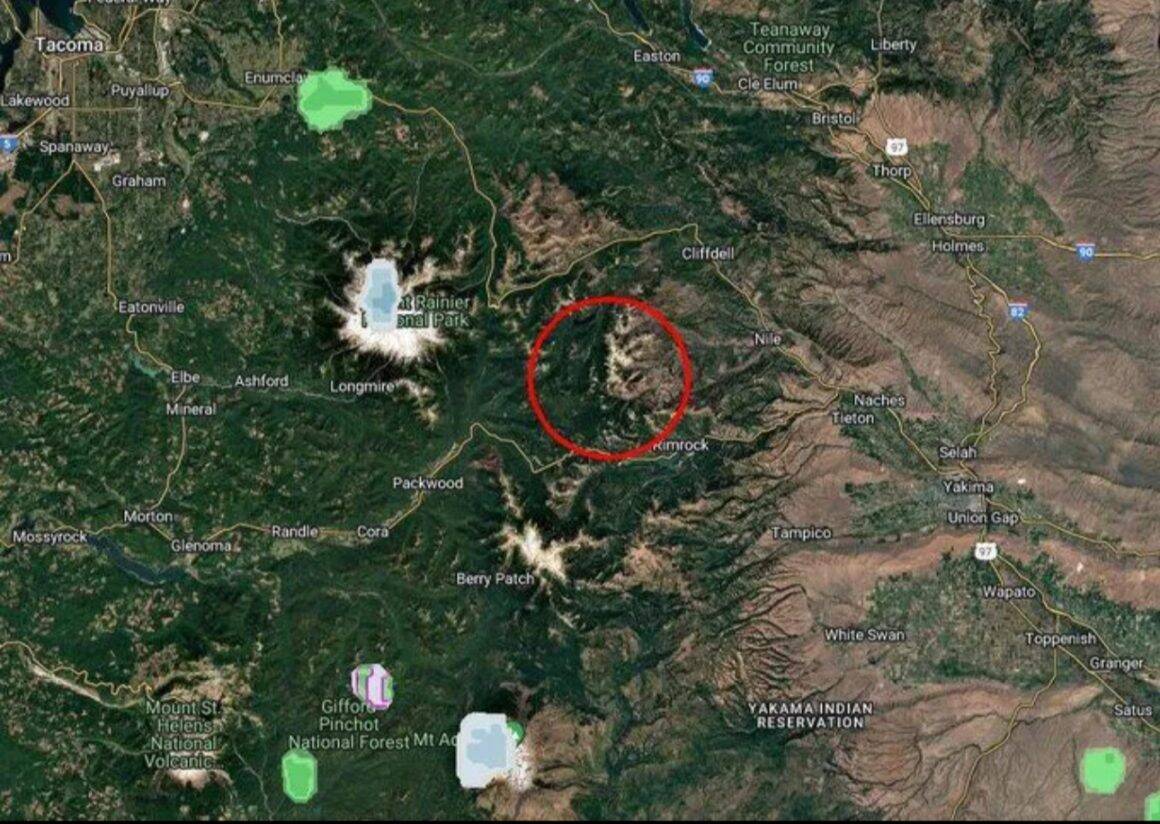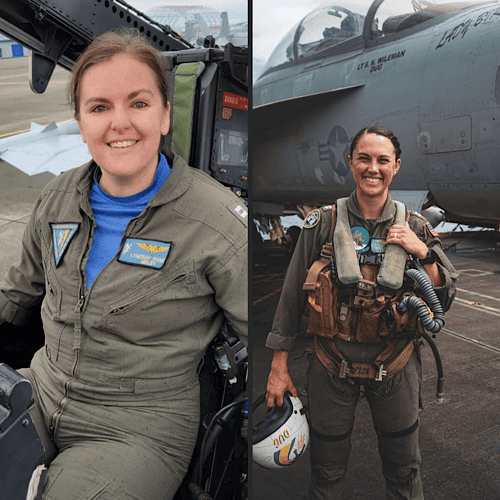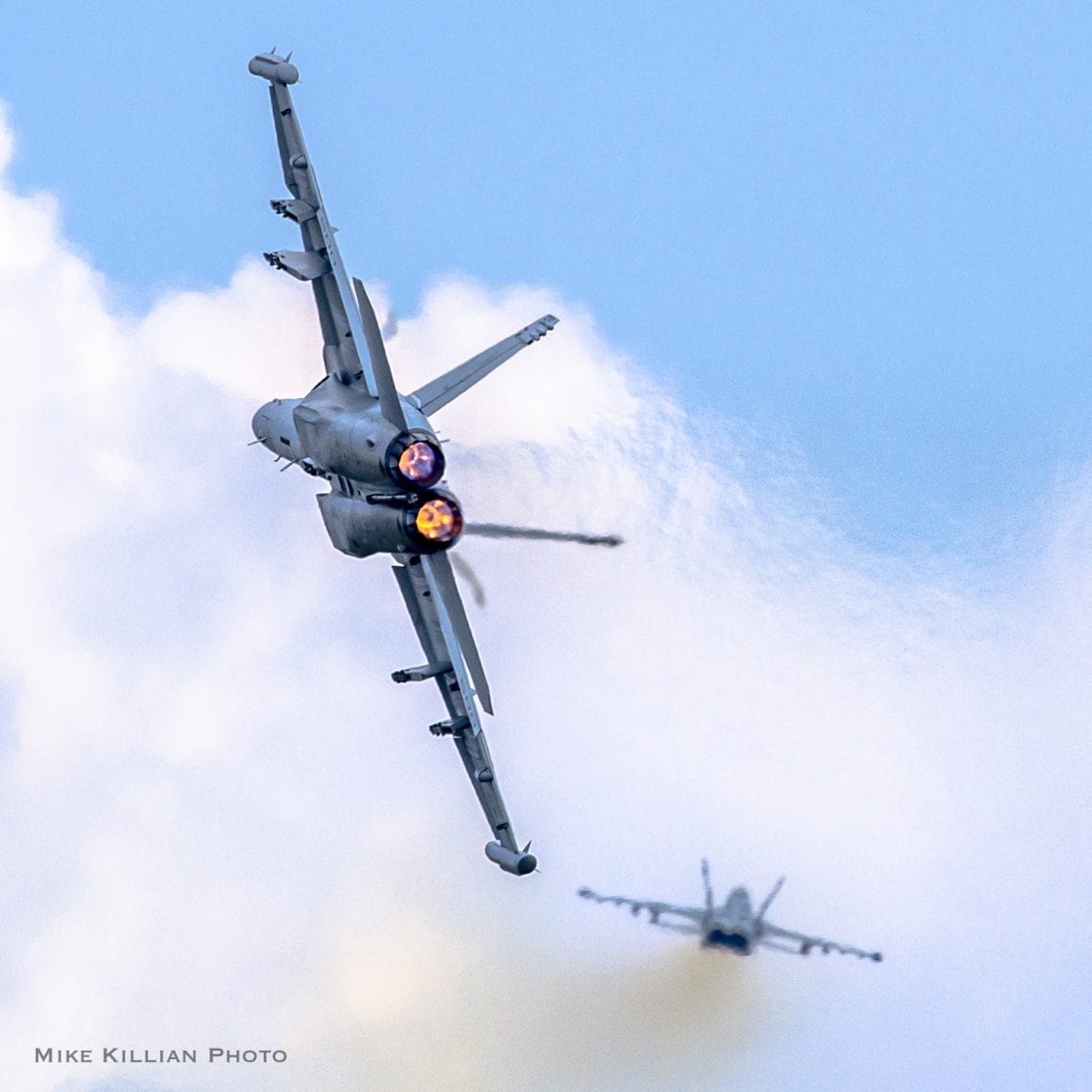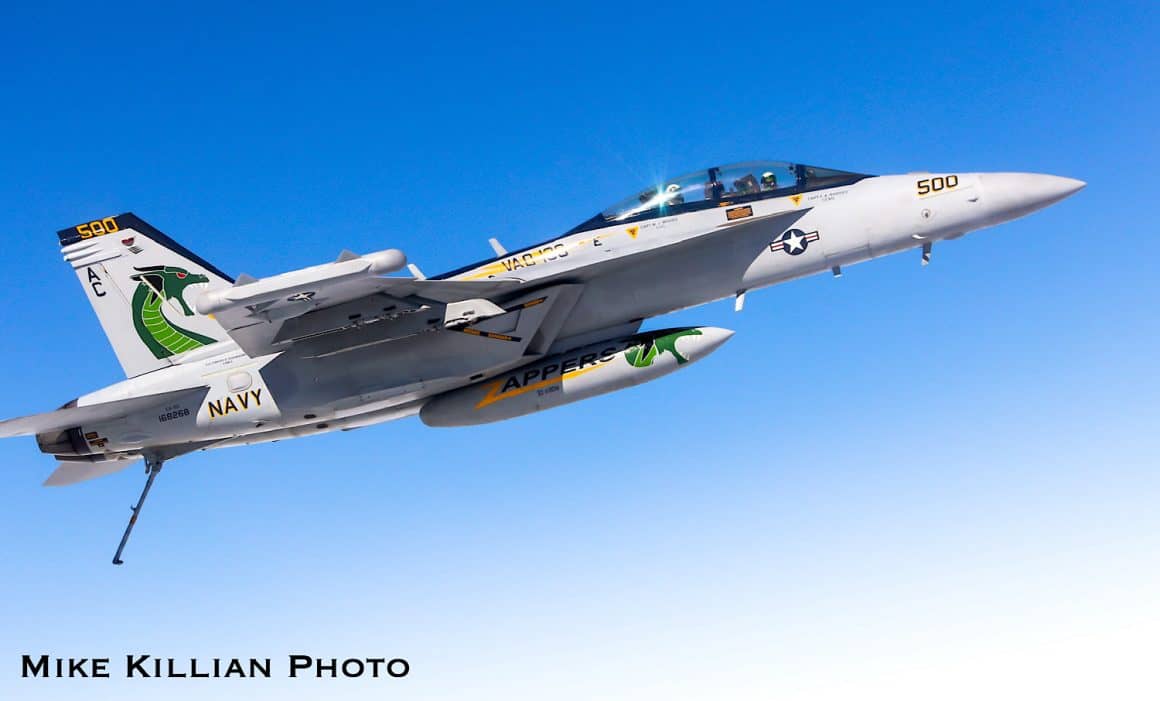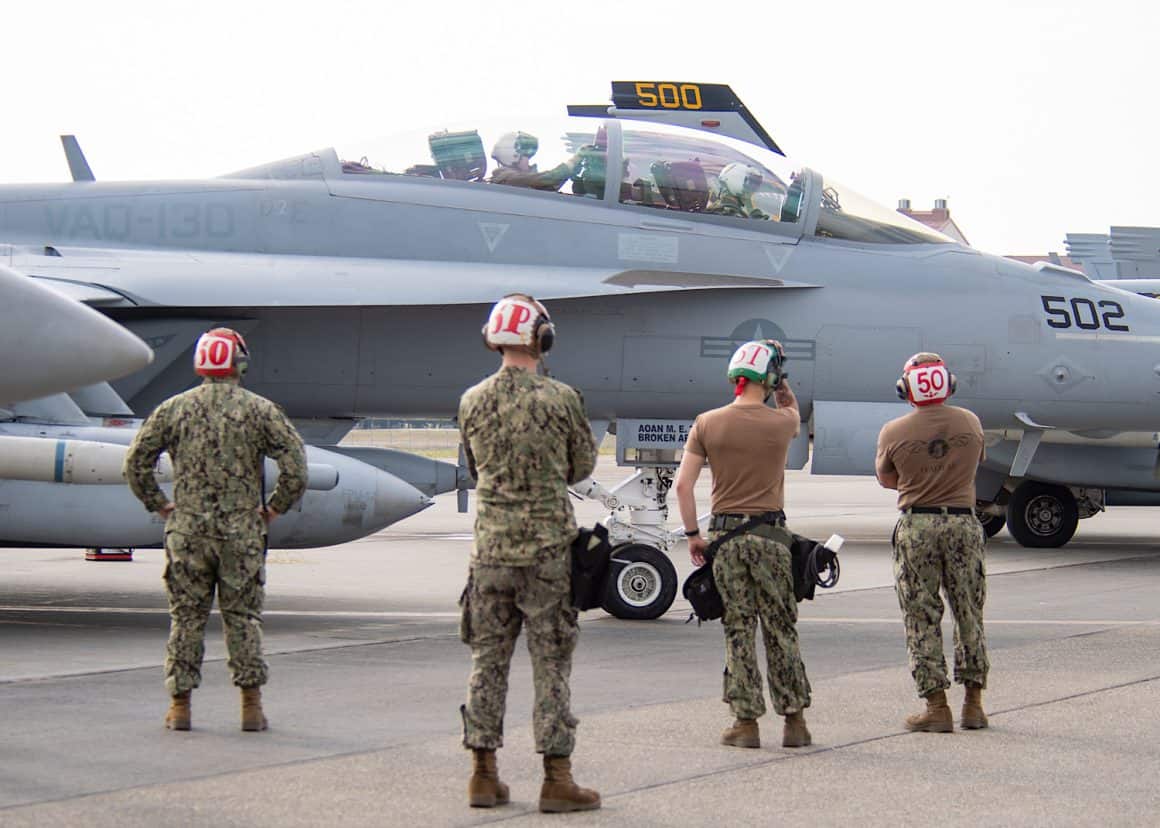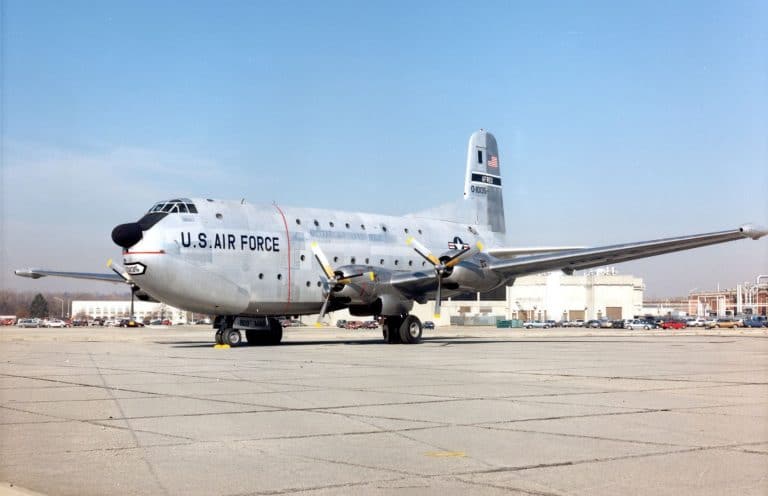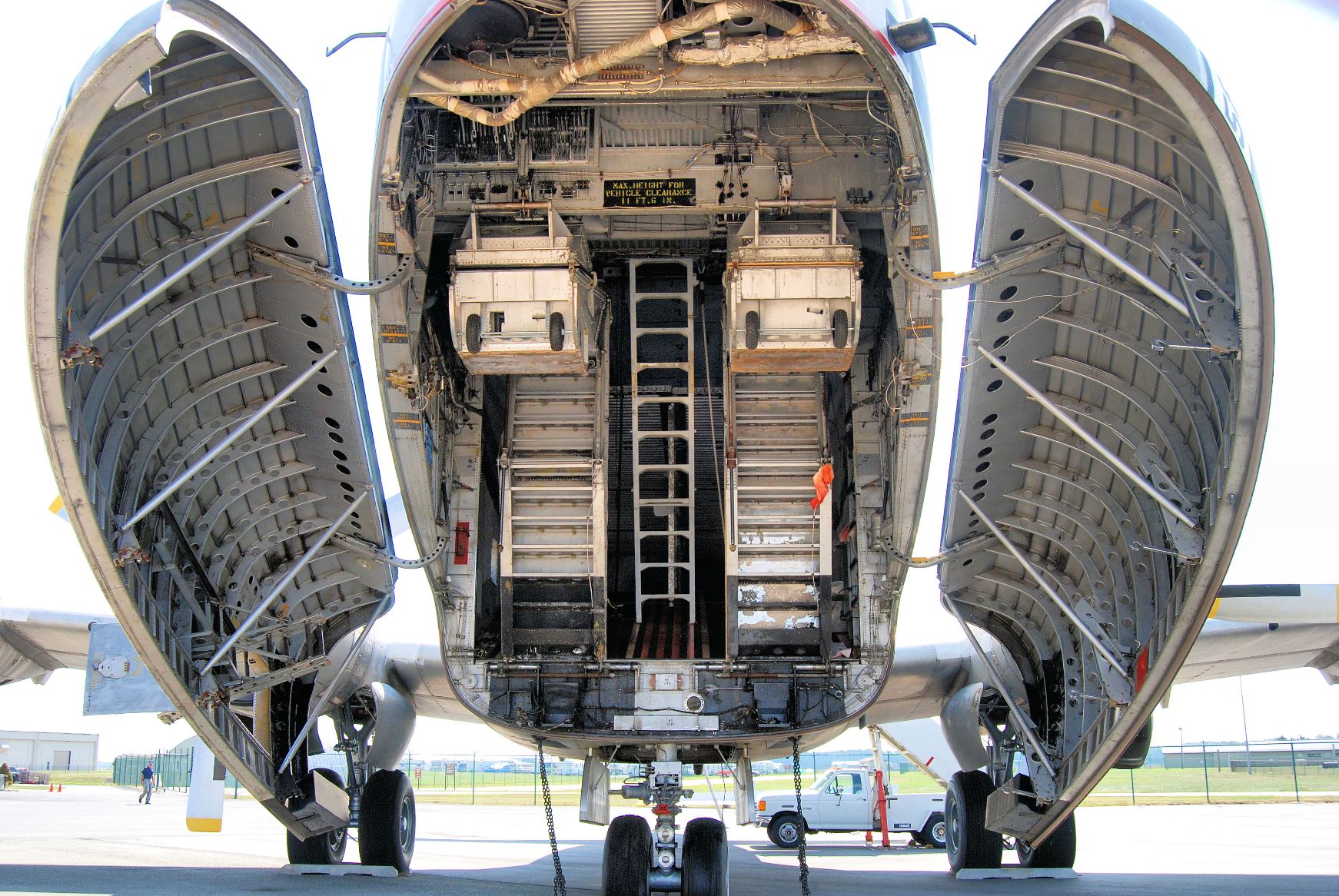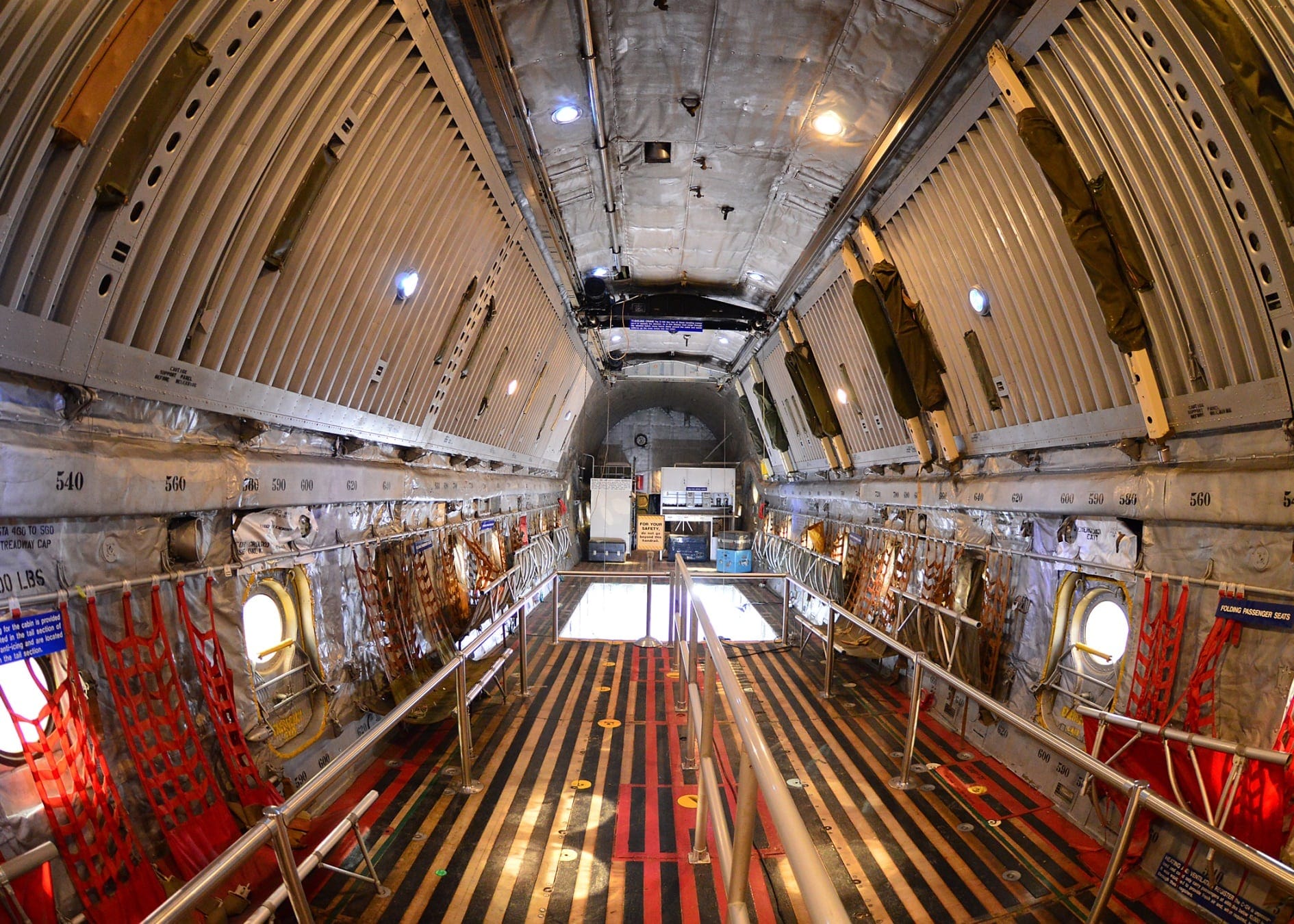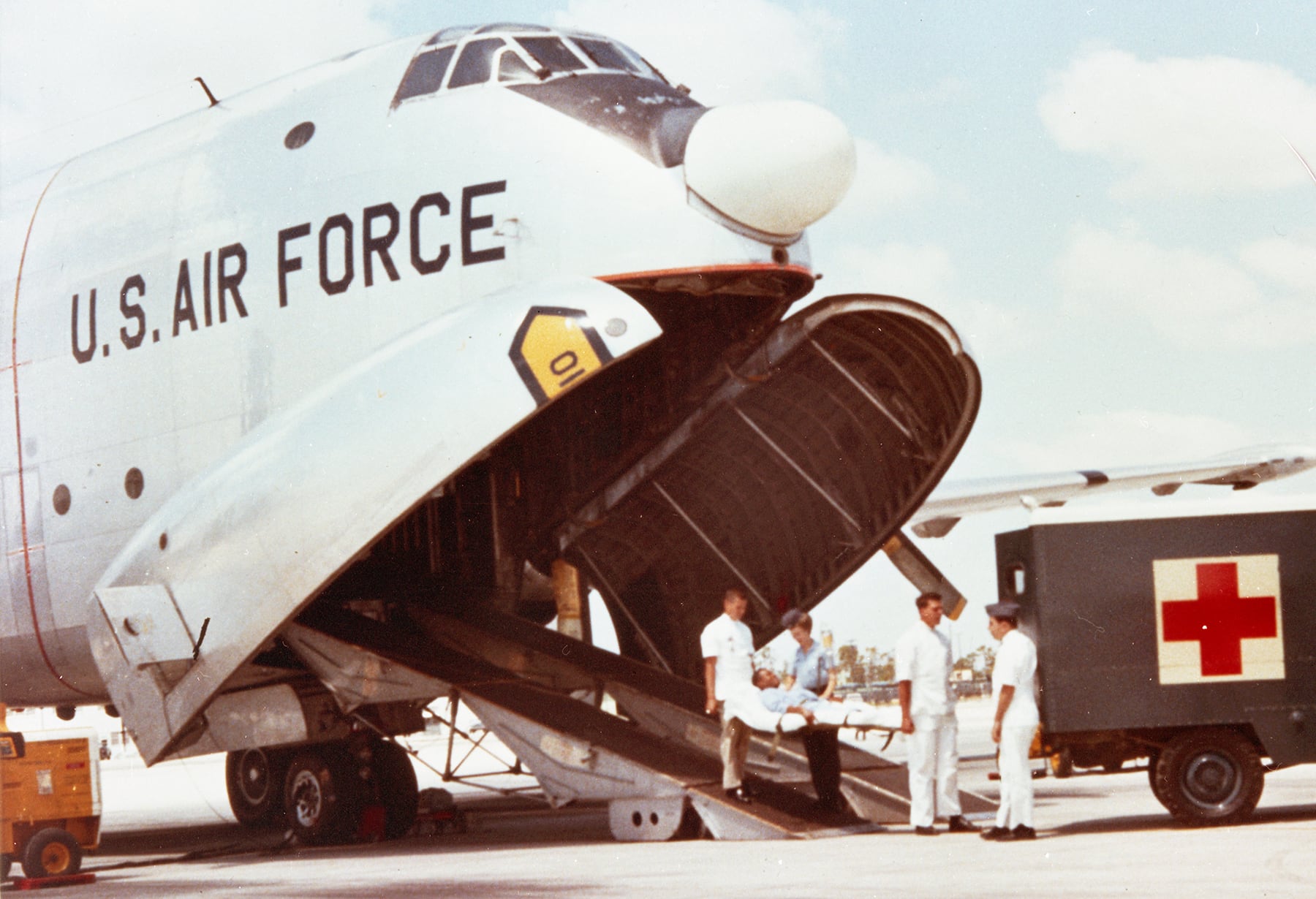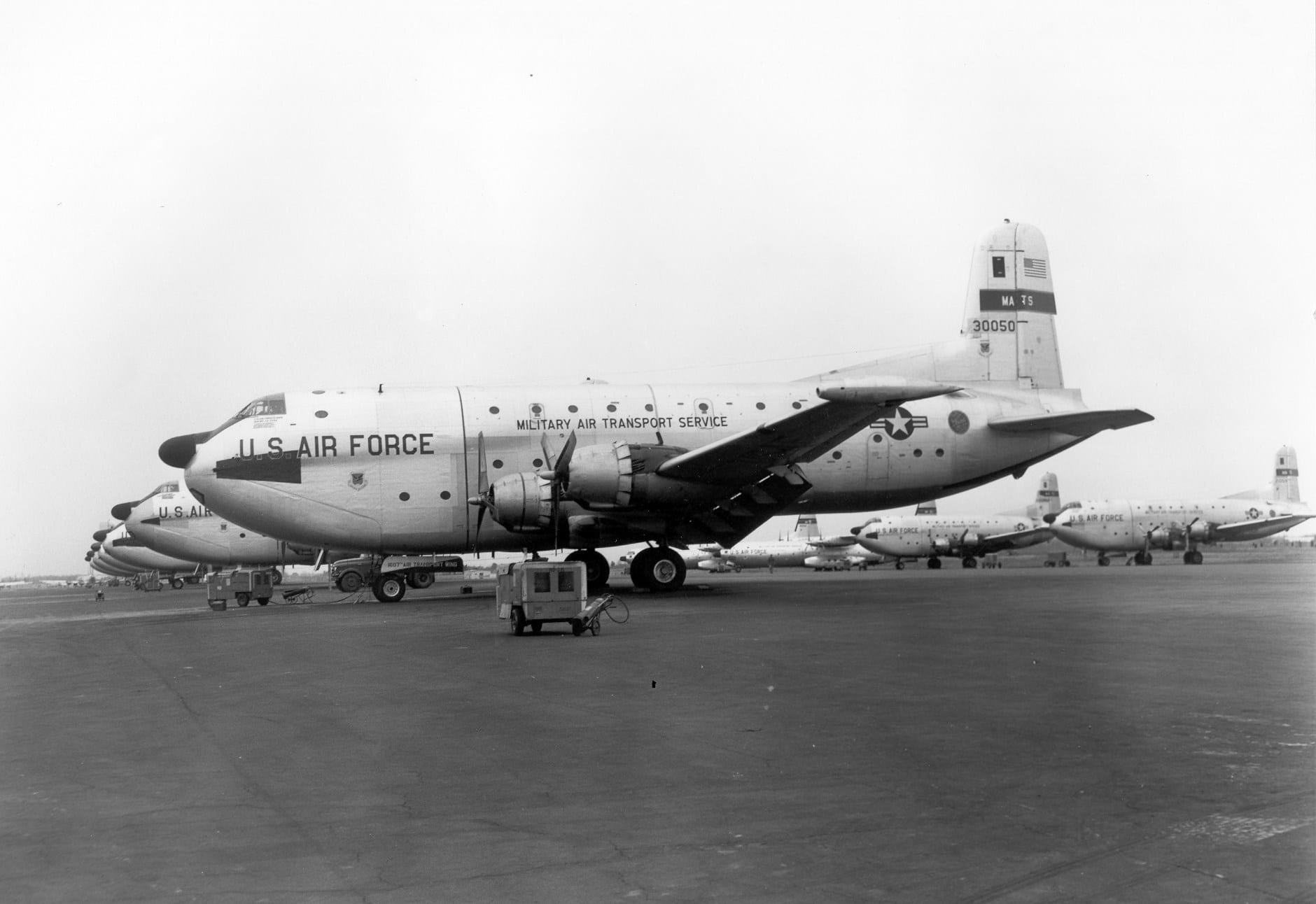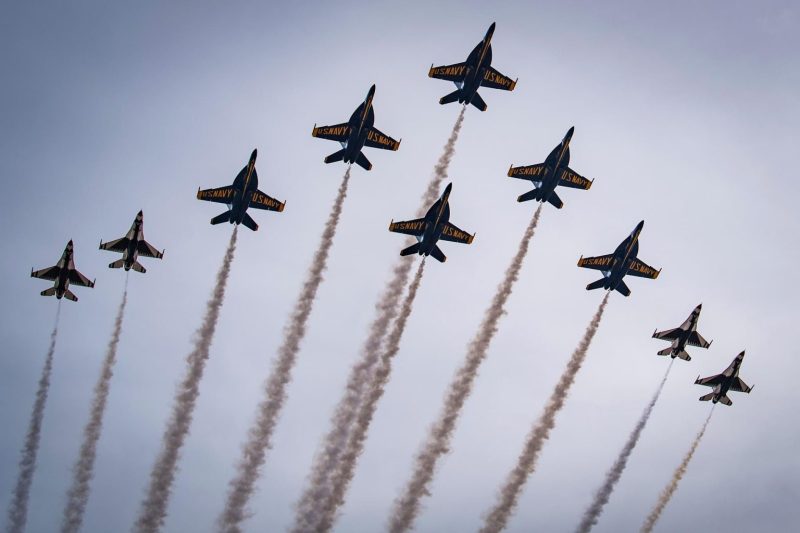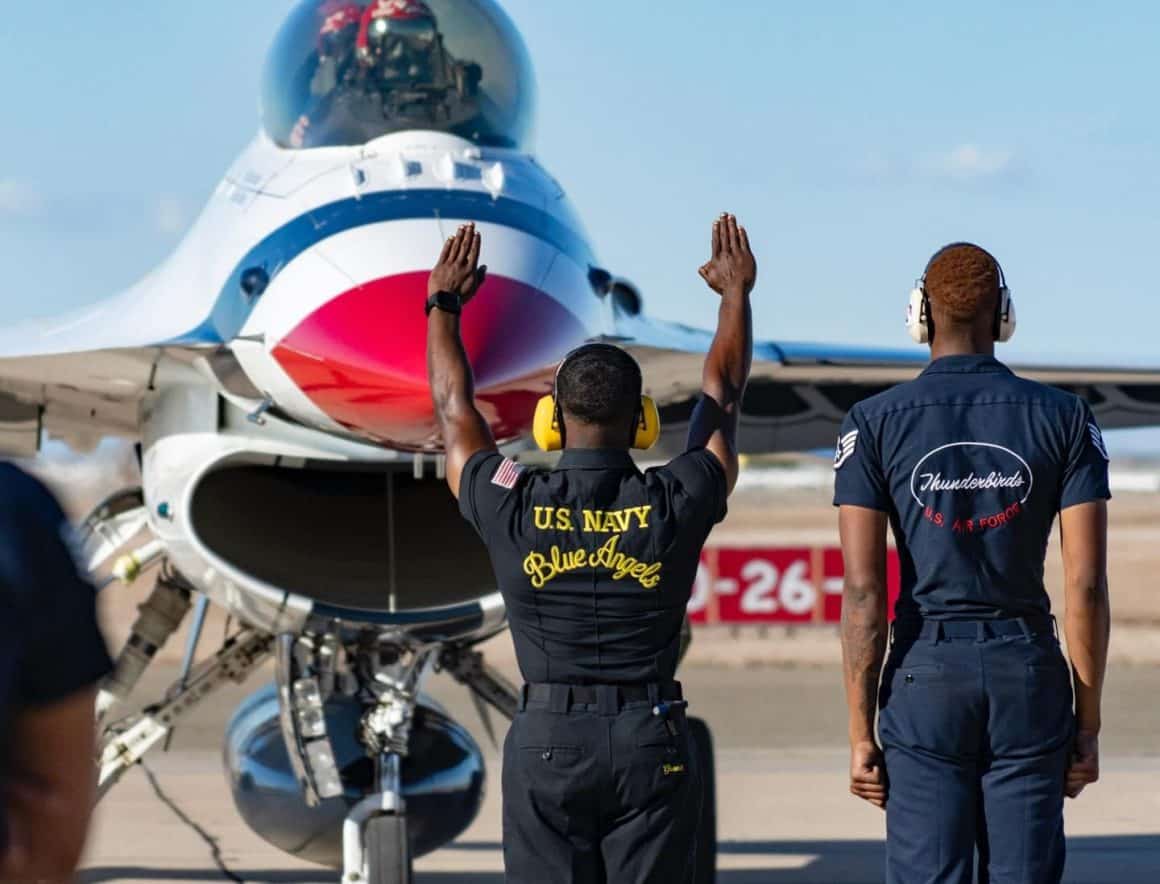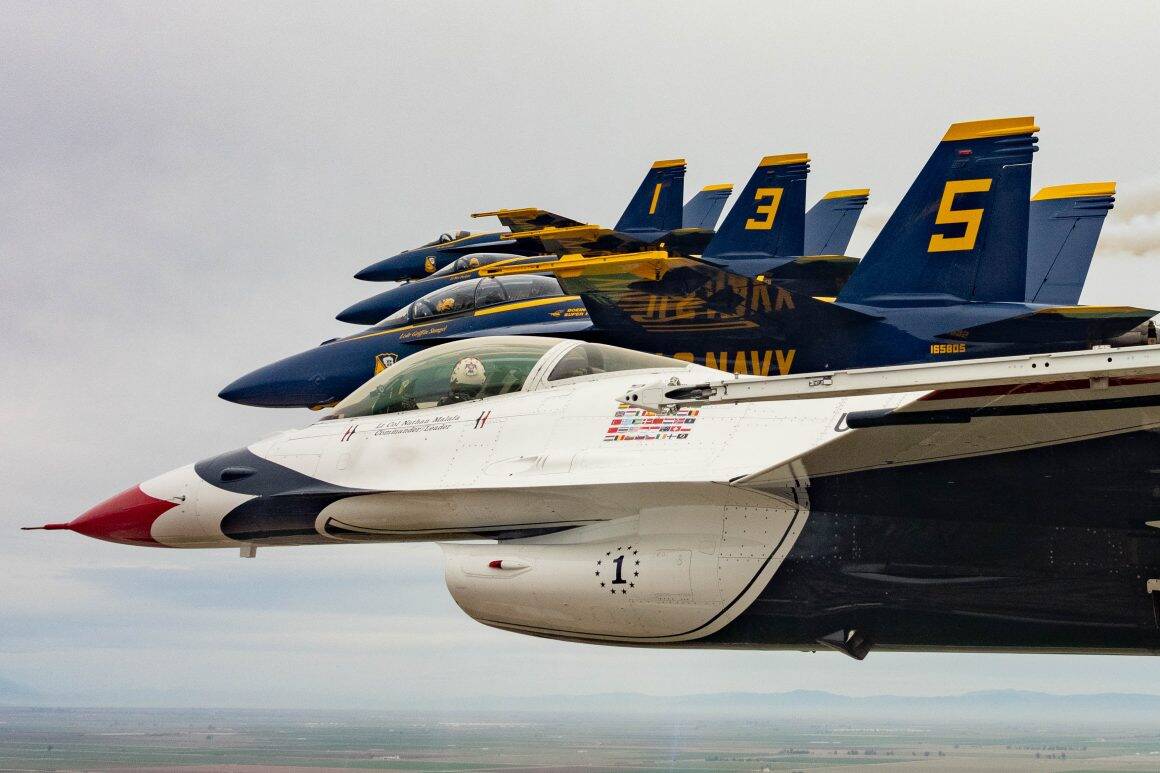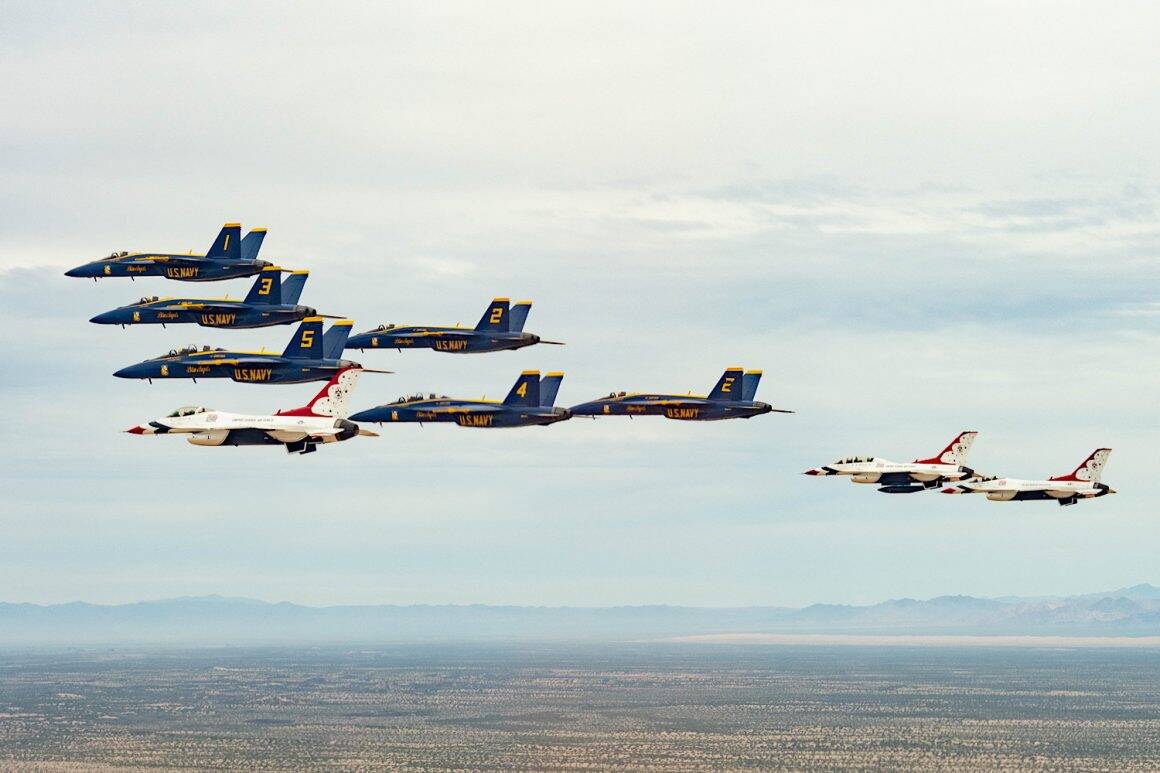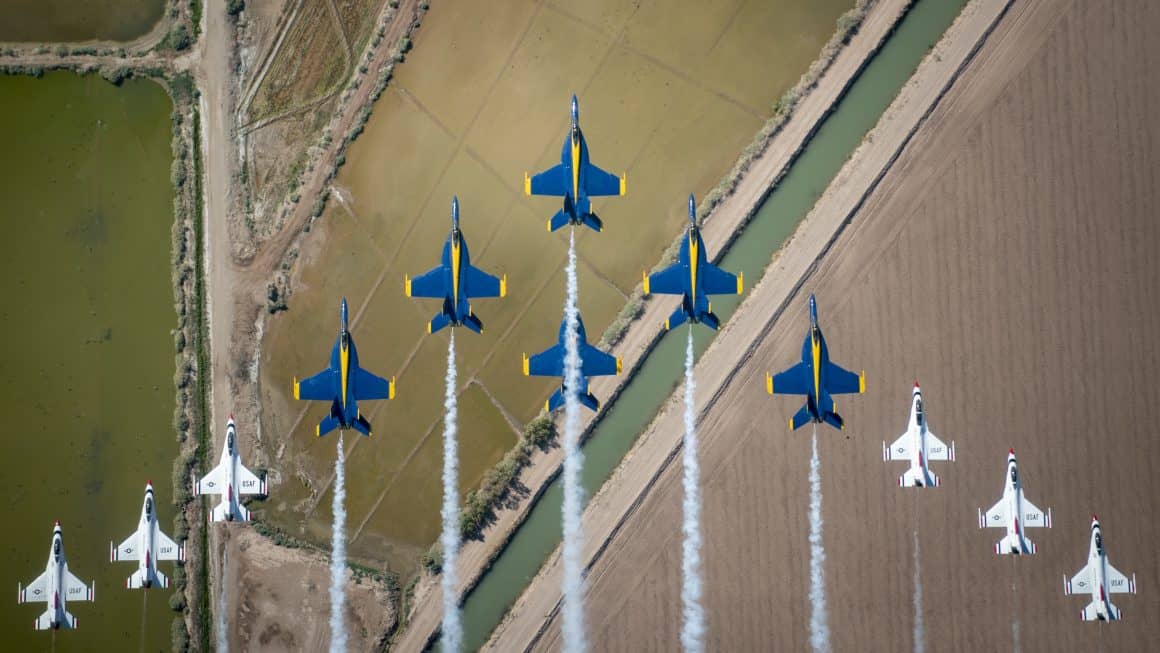Aer Lingus, Ireland’s flag carrier, continues its bold expansion into the North American market with a new route to Indianapolis International Airport (IND).
The new 3,717-mile route, announced this past week, will begin on 3 May 2025. Billed as year-round service, the flight will operate four times weekly on Mondays, Wednesdays, Fridays, and Saturdays.
Once in operation, it will be the only direct flight to Europe from IND, connecting the Motor City with Dublin Airport (DUB). From DUB, travelers can continue on to more than 20 European destinations on Aer Lingus.
IND has not had service to Europe since 2020. That service, operated by Delta Air Lines to Paris Charles de Gaulle (CDG), became a casualty of pandemic-era cuts. When that flight began in 2018, it was the first scheduled direct European flight in IND’s history.
This development is just the latest in a string of high-profile announcements from Aer Lingus, which is currently undergoing an ambitious North American growth spurt. This growth is primarily fueled by the soon-to-be-introduced Airbus A321XLR, which will unlock new markets like IND in ways long-haul widebody flights could never feasibly operate.
The Airbus A321XLR Will Unlock New Markets
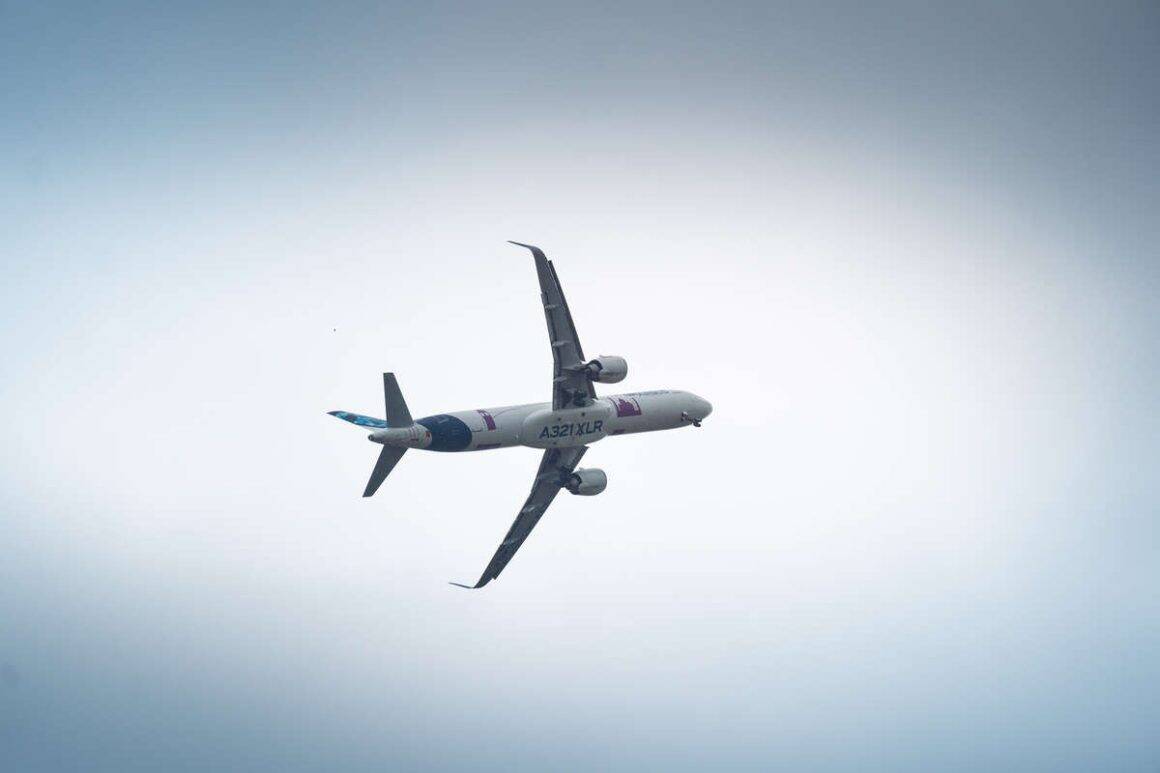
The Airbus A321XLR is crucial in Aer Lingus’ strategy to tap into underserved transatlantic routes like Indianapolis. Its decision to bring this aircraft to IND follows the carrier’s recent announcement of new service to Nashville International Airport (BNA). This route, also set to begin next spring, signals a trend of connecting mid-size U.S. markets to Europe.
With a range of 5,400 miles, the A321XLR allows airlines to connect smaller cities across the U.S. to major European hubs without needing larger, less economically efficient widebody aircraft. For cities like Indianapolis, the A321XLR provides the perfect solution.
The variant is currently in the final stages of testing and certification. While Aer Lingus has yet to take delivery of its first A321XLR, the airline’s experience with the A321LR (a slightly less capable variant of the XLR) offers insight into what passengers can expect. The A321LR in Aer Lingus’ fleet currently features 16 lie-flat business class seats and 168 economy seats. The XLR is widely expected to offer a similar cabin configuration, providing a comfortable yet efficient travel option for passengers making the roughly eight-hour journey from DUB to IND.
The A321XLR’s entry into service has faced several delays. However, its inaugural revenue flight is finally on the books. Spain’s flag carrier Iberia will add the A321XLR to its Madrid (MAD) to Paris (CDG) route beginning on 1 November.
Meanwhile, its first scheduled transatlantic flight has been delayed to mid-November 2024. Iberia flight schedules show inaugural revenue transatlantic A321XLR flights begin on 14 November between MAD to Boston Logan International Airport (BOS). Additionally, the carrier is deploying the type on its Washington Dulles International Airport (IAD) to MAD route beginning on 15 January 2025.
Building the “Dub Hub” and Aer Lingus’ North American Expansion
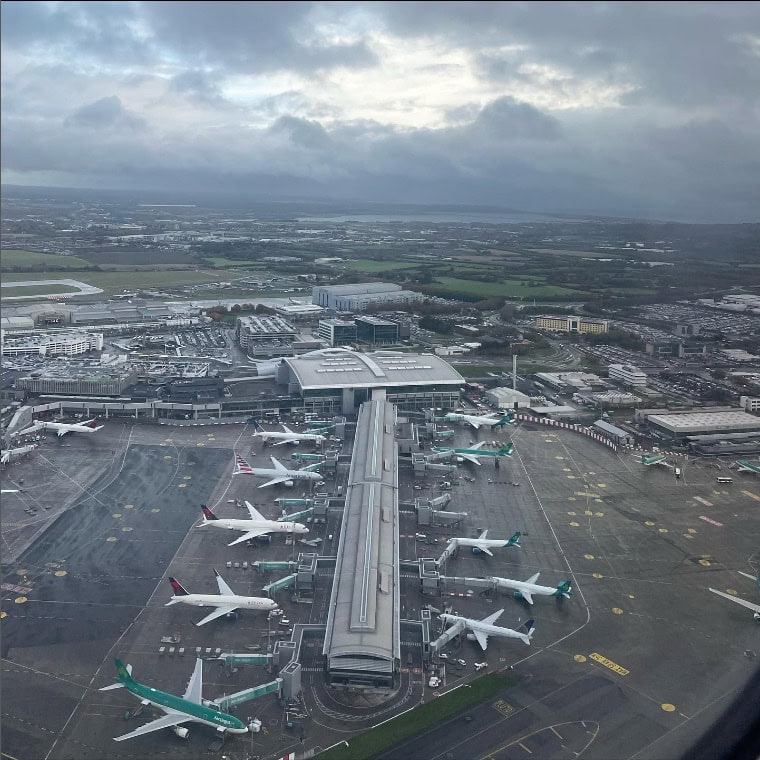
Aer Lingus’ aggressive North American expansion aligns with the airline’s broader strategy to position DUB as a major transatlantic hub, which Irish officials have dubbed the “Dub Hub.”
This hub-centric approach allows Aer Lingus to funnel passengers from North America through Dublin and onward to a wide range of European destinations, with the added benefit of U.S. Customs and Border Protection preclearance at DUB, streamlining the travel experience for passengers headed stateside.
With the addition of Indianapolis, Aer Lingus will operate 19 routes from DUB to North America, and the carrier’s overall transatlantic reach will expand to 24 routes.
This means Dublin is set to surpass Amsterdam Schiphol (AMS) and Paris Charles de Gaulle (CDG) in the number of U.S. destinations served from Europe, second only to major hubs like London Heathrow (LHR) and Frankfurt (FRA). Despite Dublin’s smaller size compared to CDG and AMS in terms of capacity, this level of connectivity strengthens the city’s position as a transatlantic getaway.
Aer Lingus’ North American push has included notable recent launches like Denver (DEN) and Minneapolis-Saint Paul (MSP) in 2023. Additionally, the carrier reinstated service to Hartford’s Bradley International Airport (BDL). This week, the airline will also inaugurate its long-awaited DUB-Harry Reid International Airport (LAS) service.
Why Indianapolis is Aer Lingus’ Newest Destination

Indianapolis has long been rumored to be on Aer Lingus’ radar as part of its U.S. expansion plans. The city’s economy is bolstered by its thriving pharmaceutical sector, which has strong ties to Ireland.
Recent reports from Irish media suggest that the expansion of pharmaceutical juggernaut Eli Lilly, headquartered in Indianapolis, may have influenced Aer Lingus’ decision. Eli Lilly is investing $1.7 billion into expanding its manufacturing footprint across Ireland, fostering greater business connectivity between the two regions.
Additionally, statistics from IND show that an average of 545 passengers per day travel from the airport to European destinations. Given this existing demand, Aer Lingus’ route to DUB is–on paper–seemingly a smart decision for the airport.
Moreover, IND has limited international connectivity at present. Beginning in November, Southwest Airlines and American Airlines will fly once weekly (seasonal) between IND and Cancun International (CUN).
Air Canada also operates a route between IND and Toronto Pearson (YYZ). However, that service ends at the end of October, with a tentative summer 2025 return set for 1 May.
A Strategic Move in a Competitive Market

Aer Lingus’ choice of IND continues the carrier’s recent trend of expanding into underserved U.S. cities with strong business ties and growing demand for transatlantic travel. By leveraging the capabilities of the A321XLR, Aer Lingus can operate routes that were previously off-limits to long-haul service while maintaining a competitive edge against larger carriers.
Additionally, by offering U.S.-bound travelers the advantage of U.S. Customs and Border Patrol preclearance at Dublin Airport, Aer Lingus is quickly becoming a convenient and attractive option for Midwest travelers.
Passengers arriving in the U.S. can skip lengthy immigration lines and proceed directly to their next destination. This perk is extremely attractive for many frequent travelers.
Aer Lingus Closes in on 100 Destinations
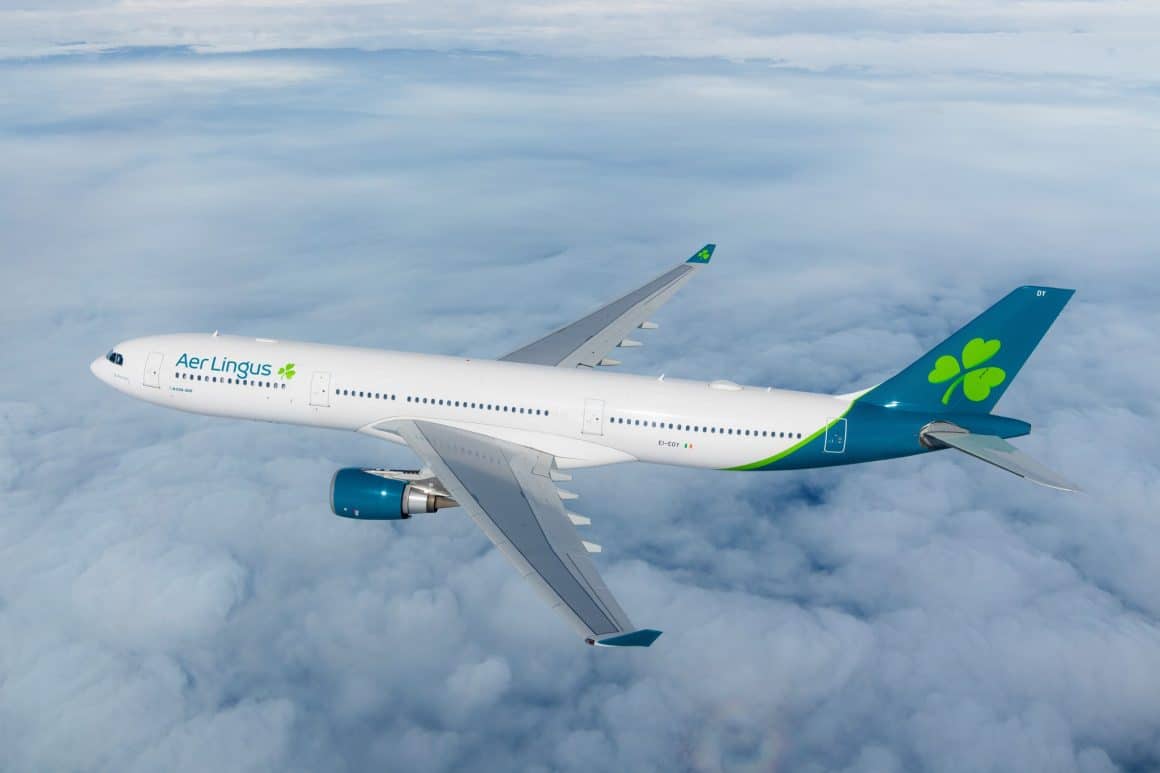
Aer Lingus’ route map now includes 19 North American destinations, including Indianapolis, on routes from Dublin, Shannon (SNN), or Manchester, England (MAN).
- Boston (BOS) *from DUB and SNN
- Chicago O’Hare (ORD)
- Cleveland (CLE)
- Denver (DEN)
- Hartford (BDL)
- Indianapolis (IND)
- Las Vegas (LAS)
- Los Angeles (LAX)
- Miami (MIA)
- Minneapolis (MSP)
- Nashville (BNA)
- Newark (EWR)
- New York (JFK) *from DUB, SNN, and MAN
- Orlando (MCO) *from DUB and MAN
- Philadelphia (PHL)
- San Francisco (SFO)
- Seattle (SEA)
- Toronto Pearson (YYZ)
- Washington Dulles (IAD)
Globally, Aer Lingus serves 98 destinations with a fleet of Airbus A320s, A321s, and A330s.
Where will Aer Lingus go next with its A321XLRs? While there are several possibilities from which to choose, I would bet St. Louis (STL) would be a logical next choice. Stay tuned.

